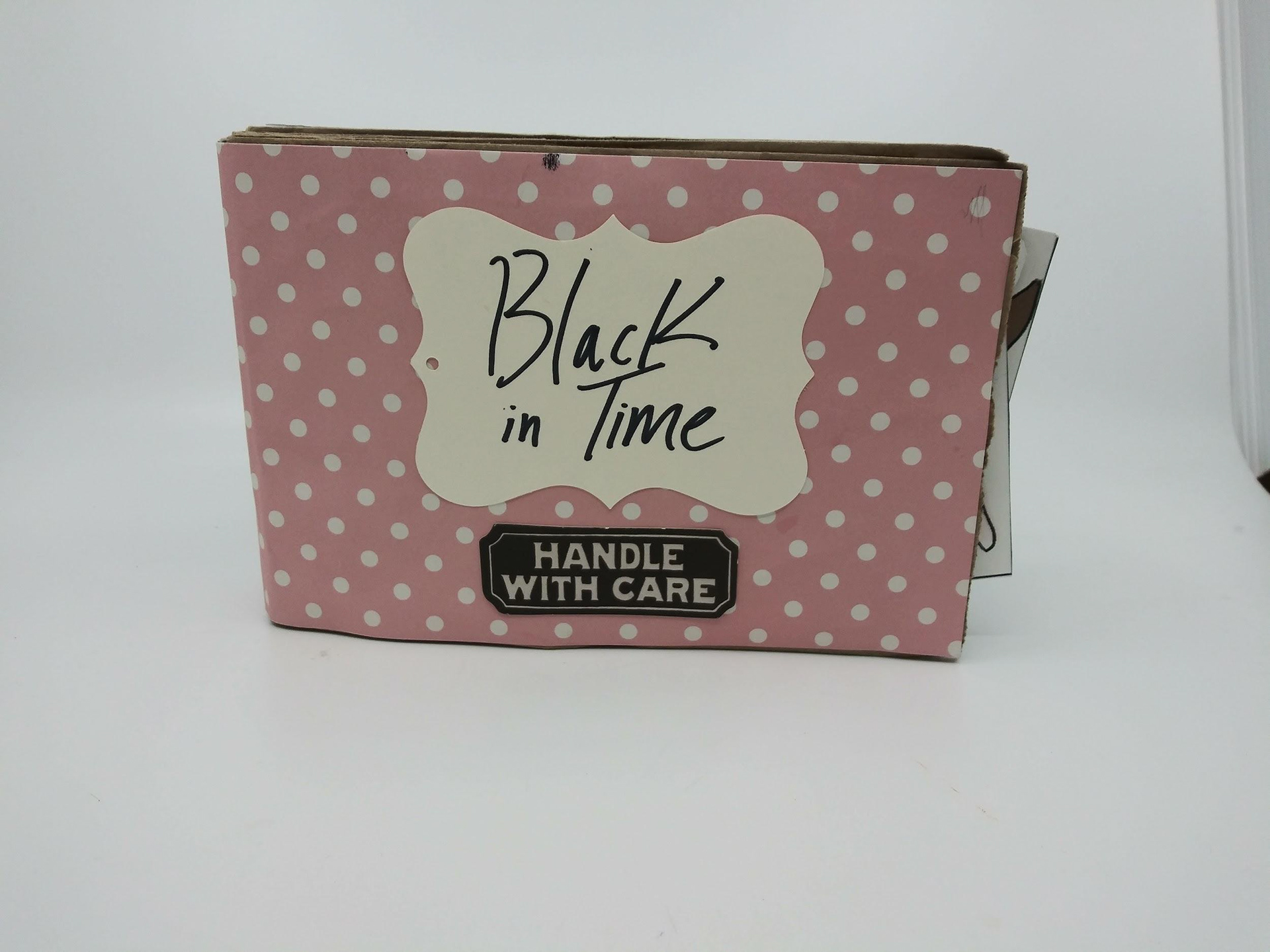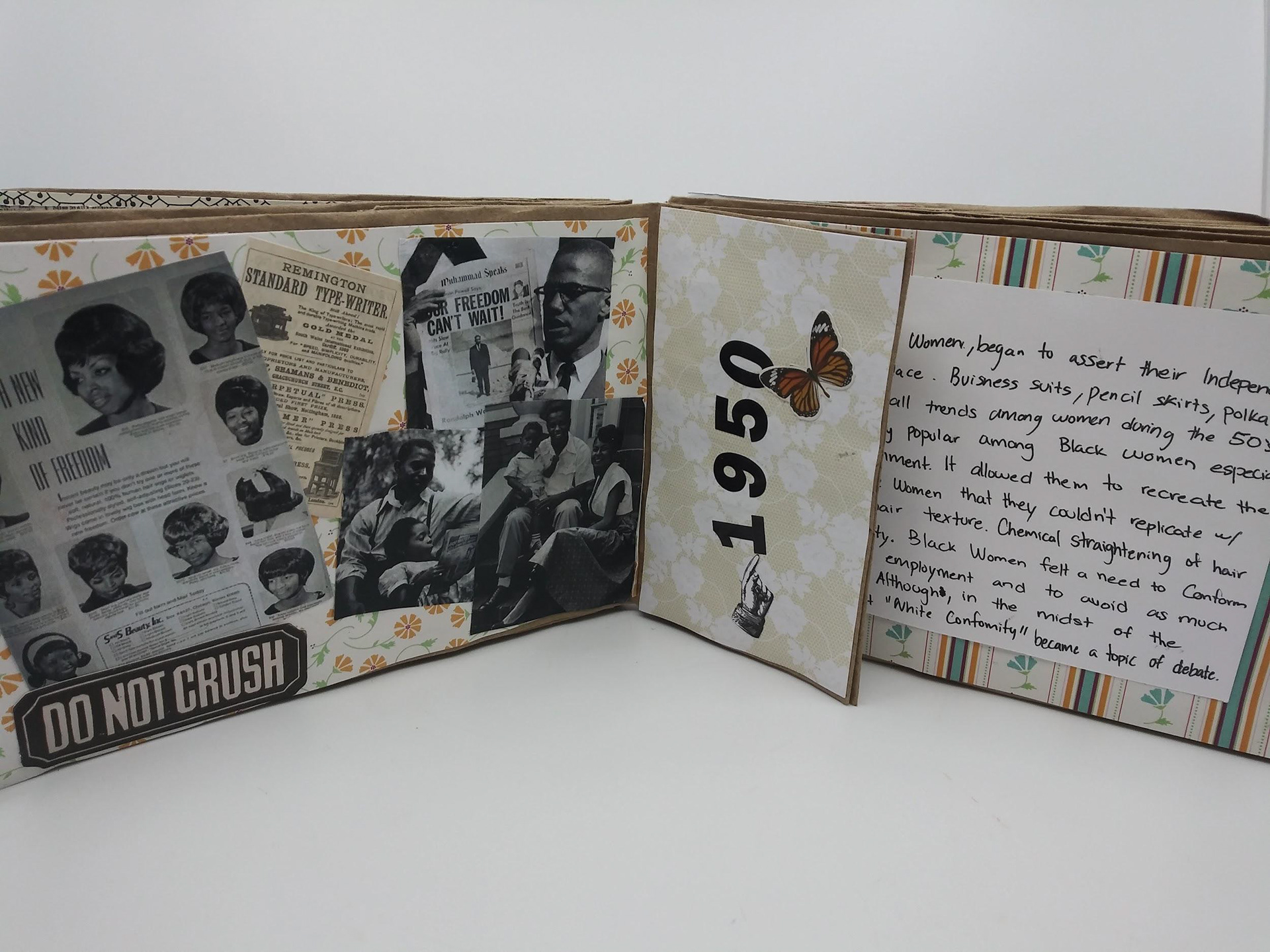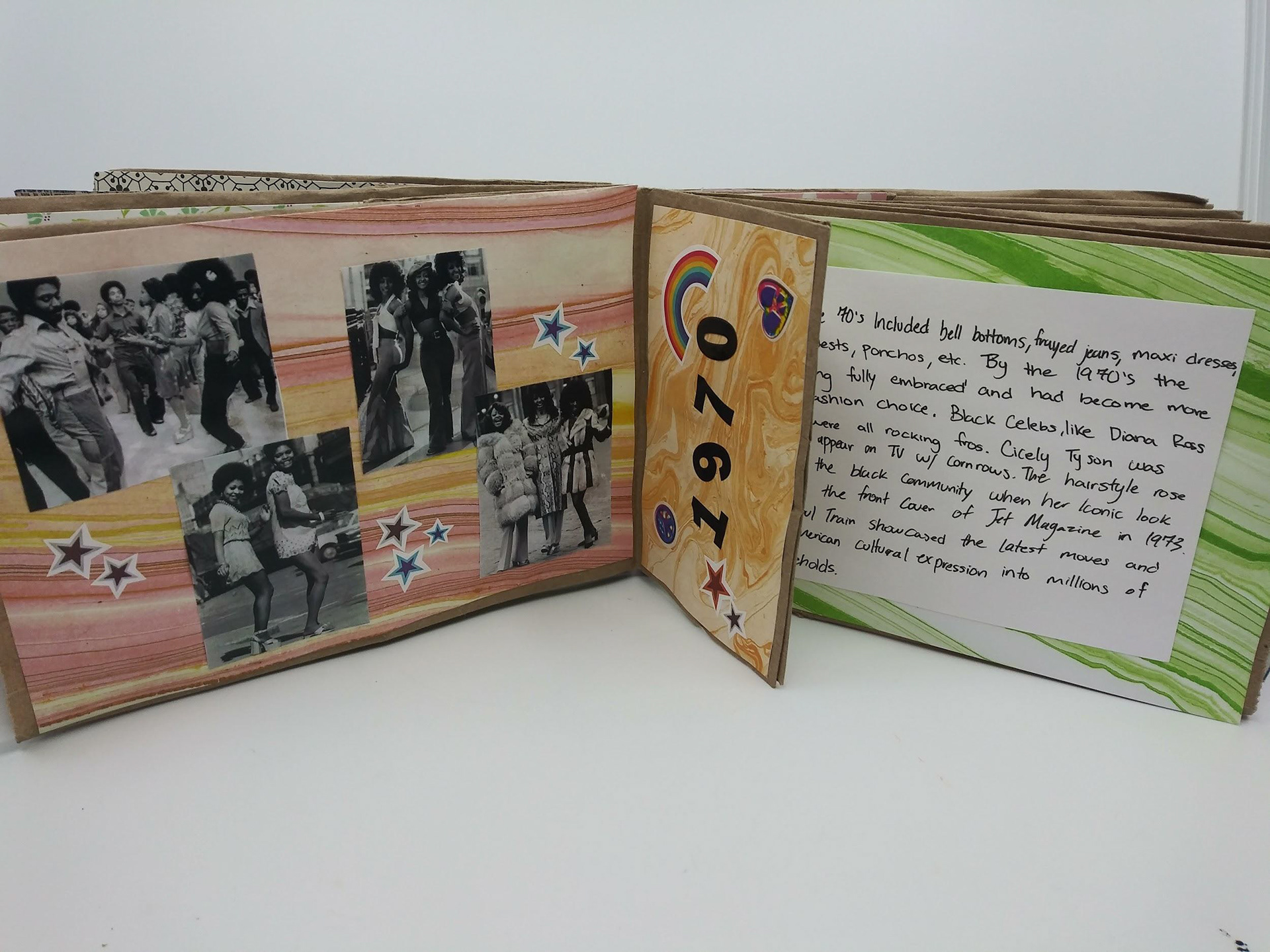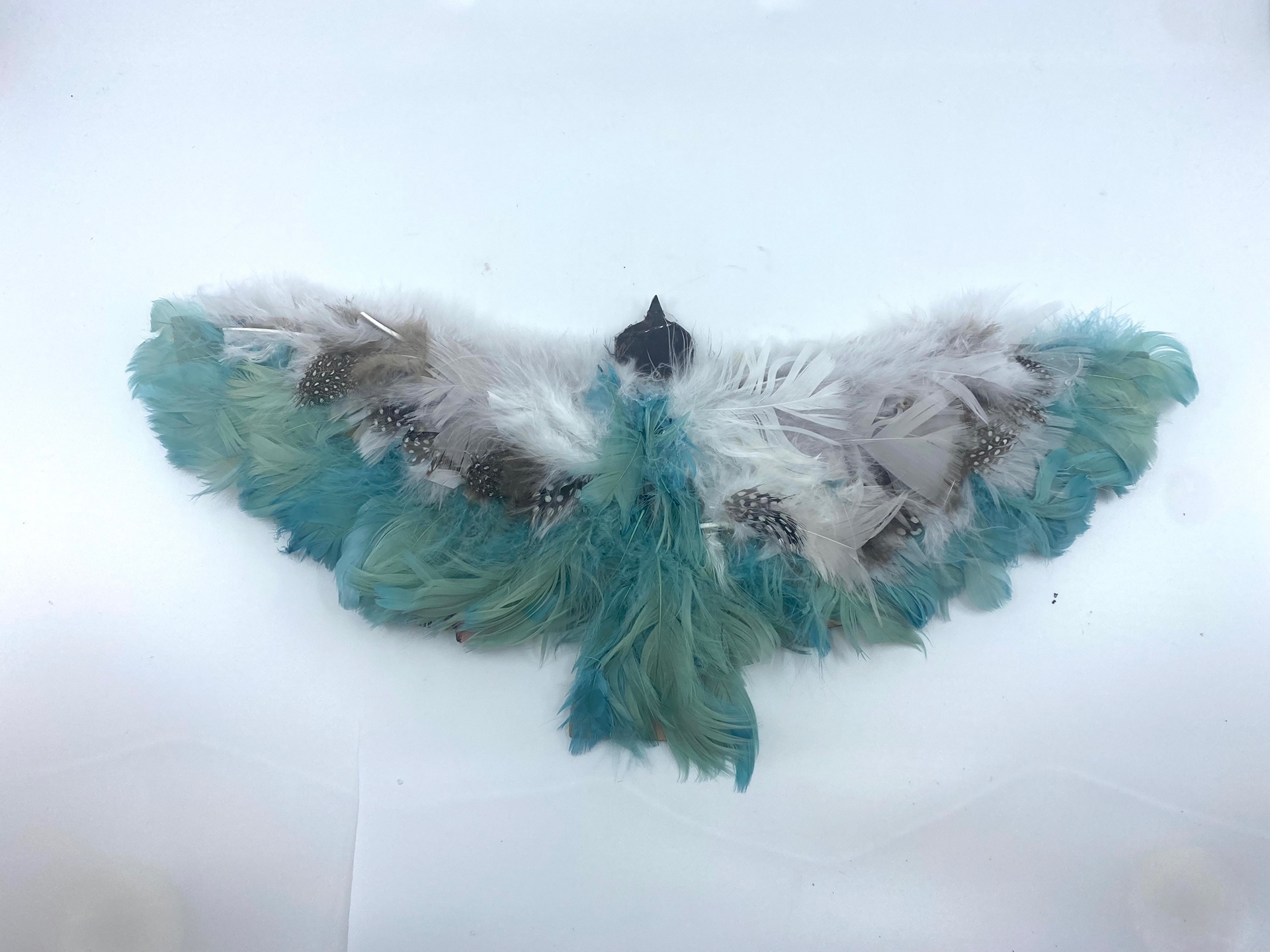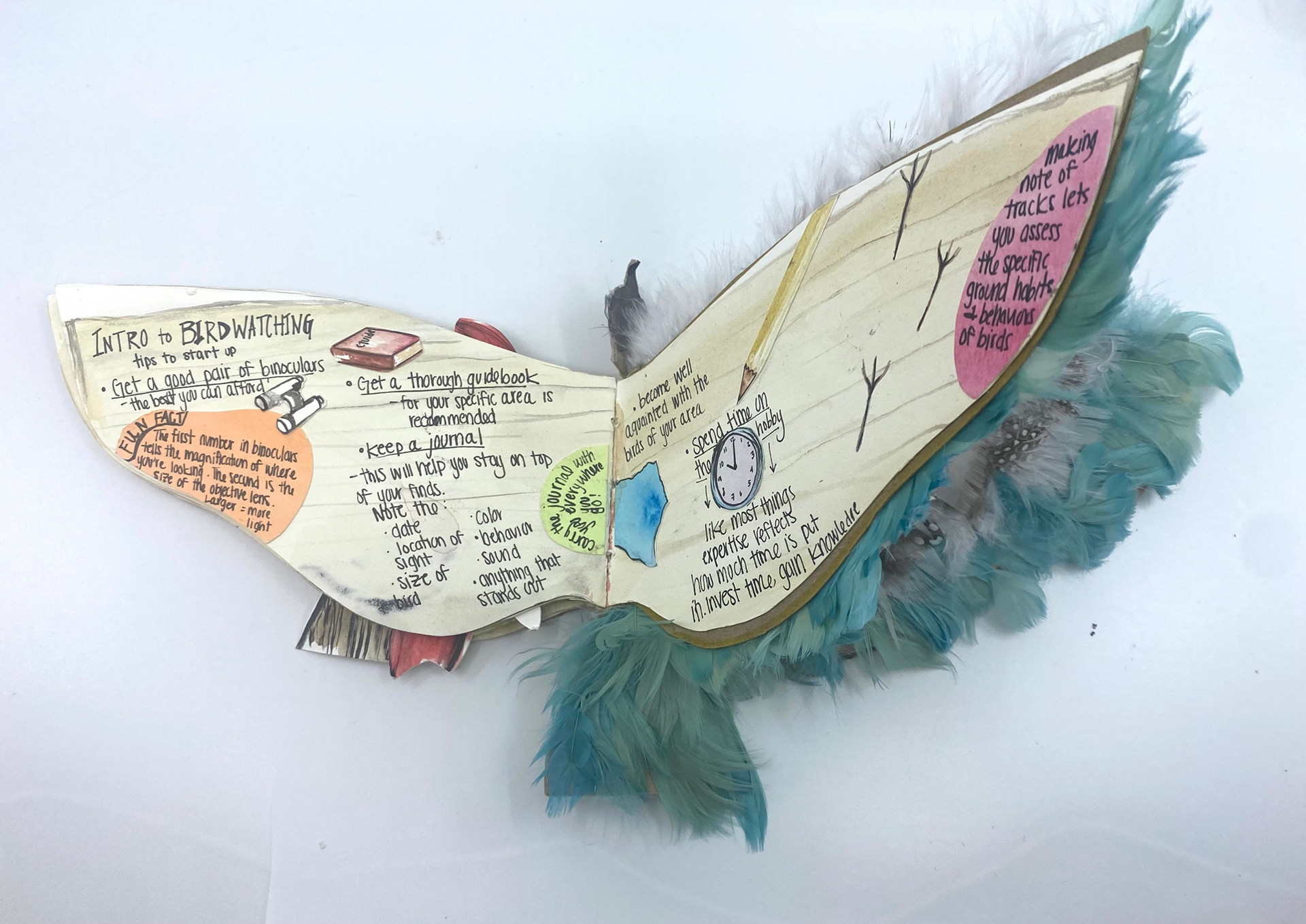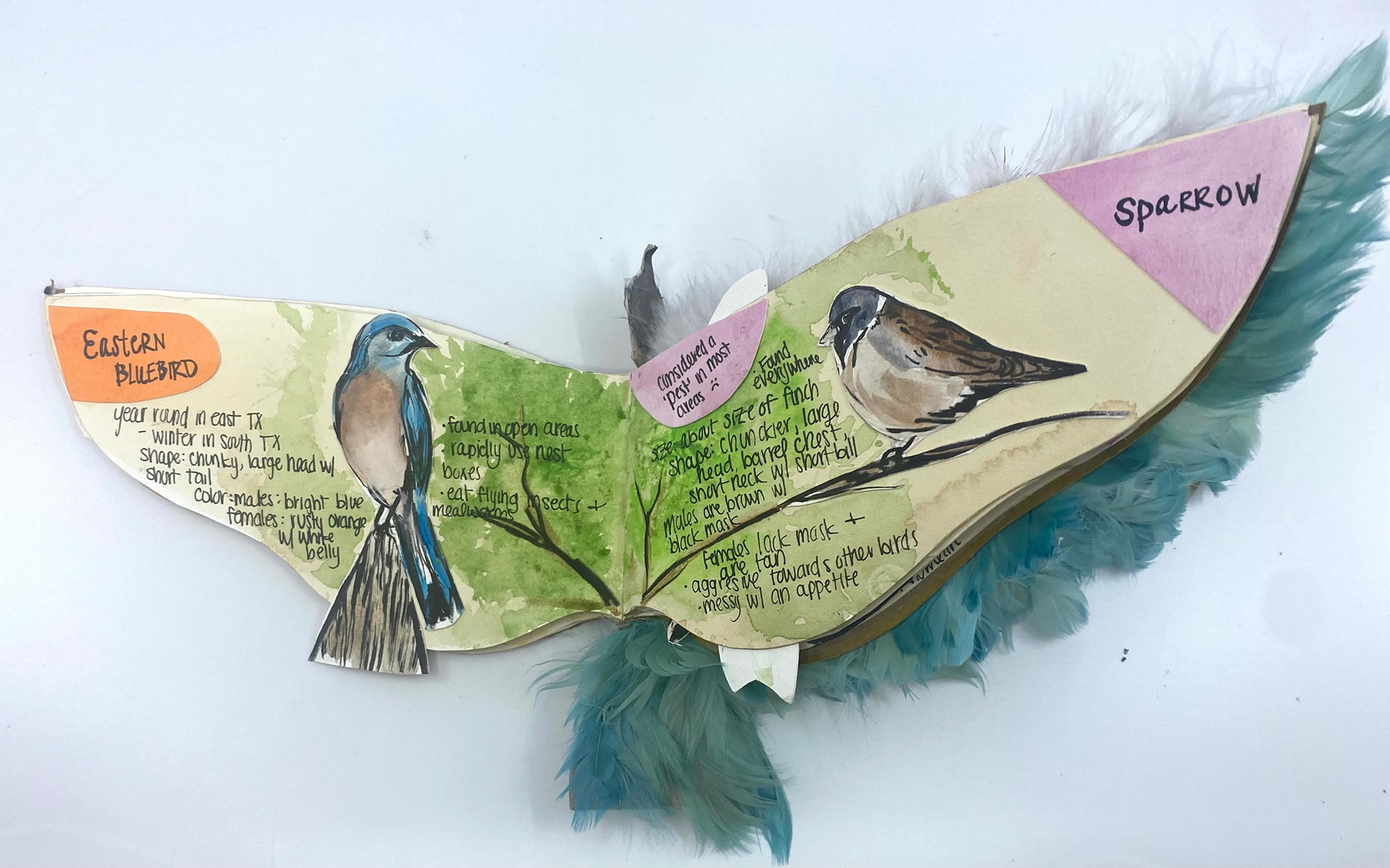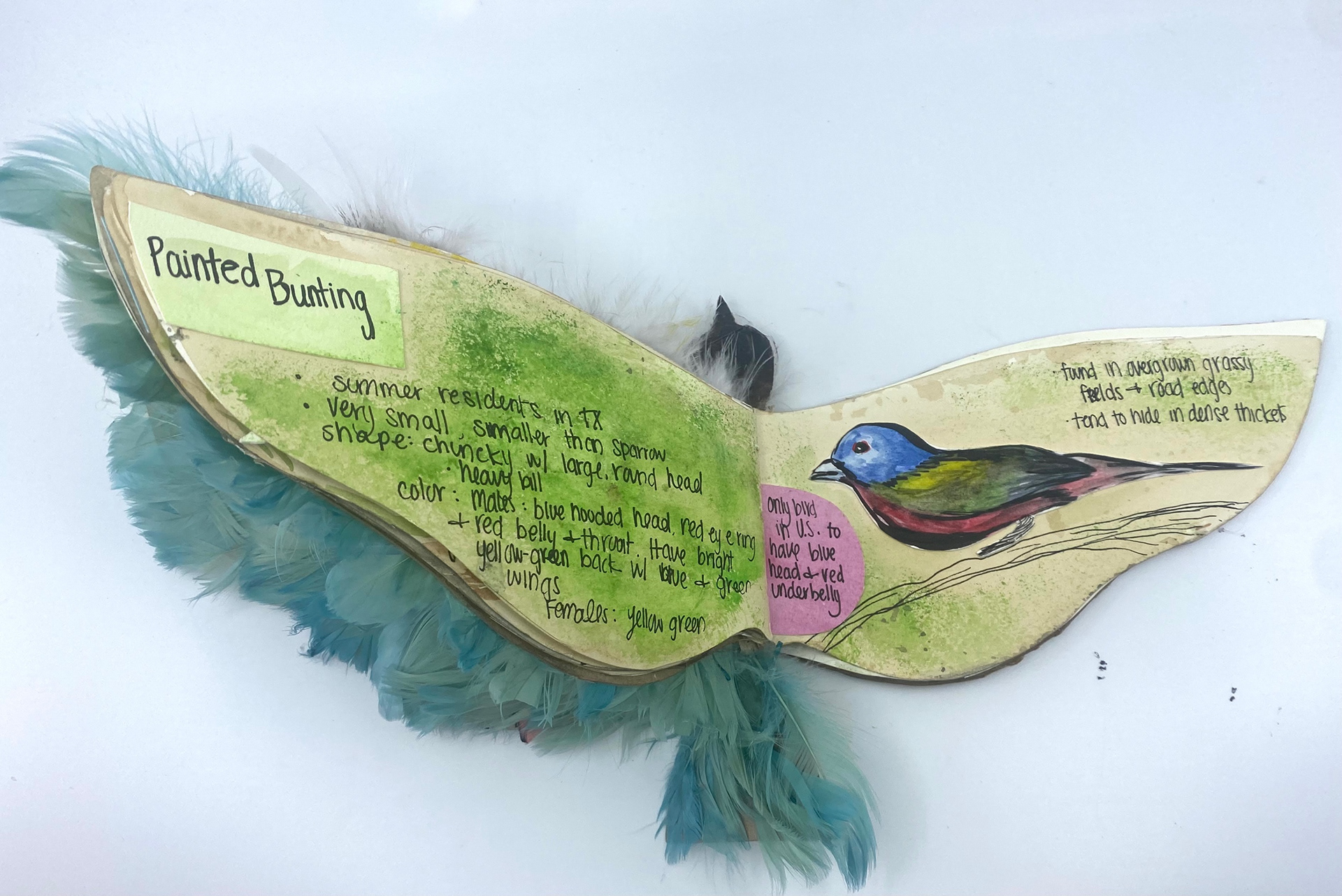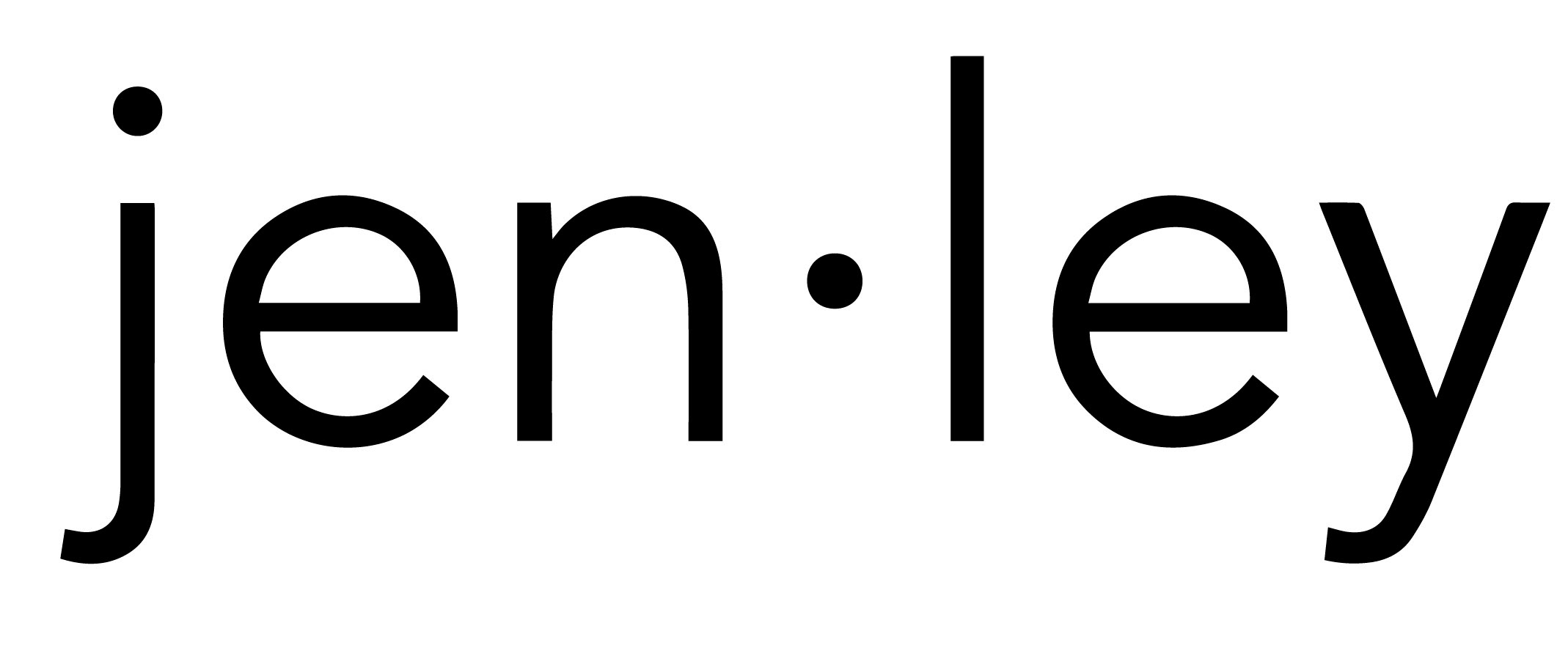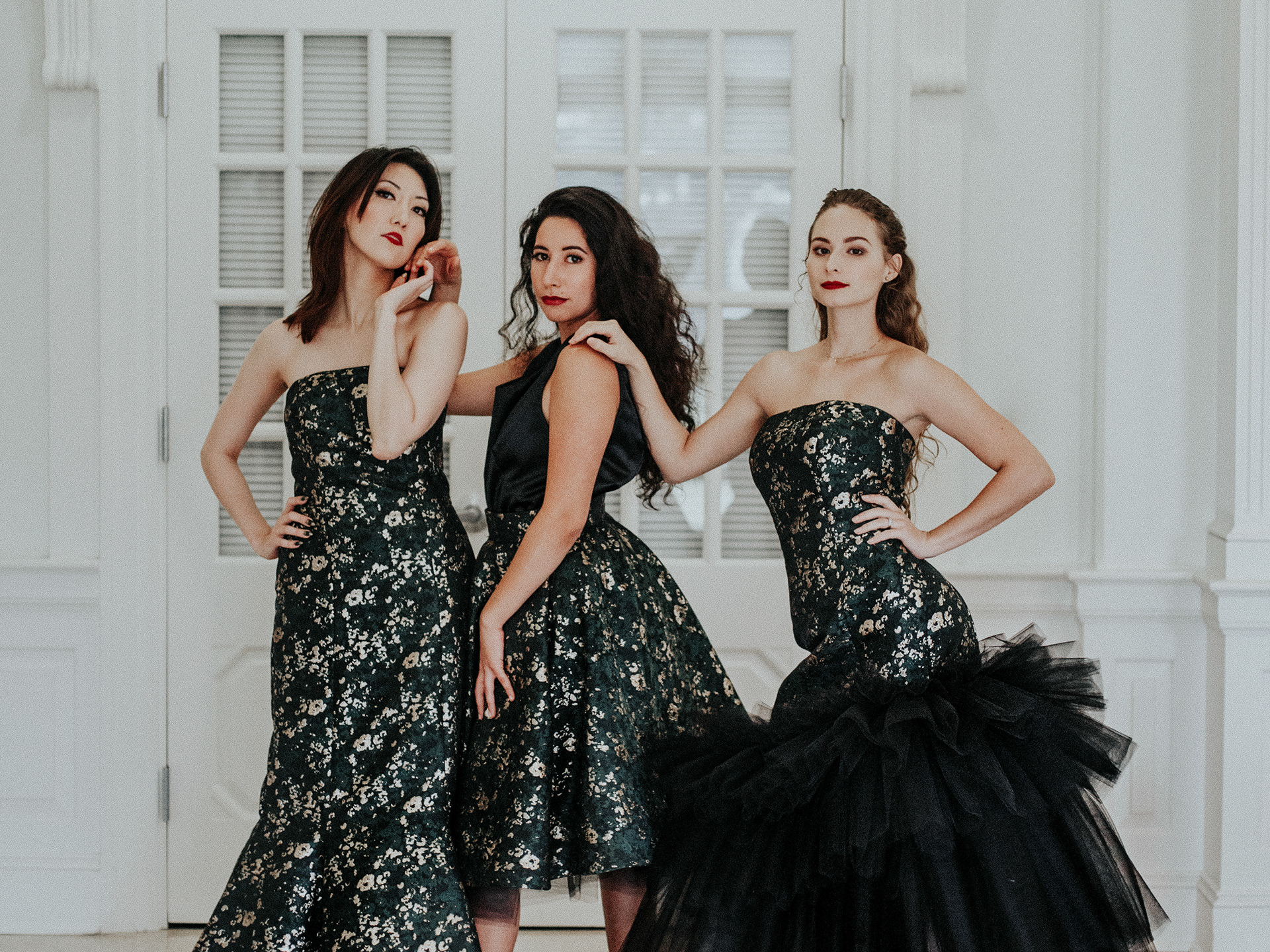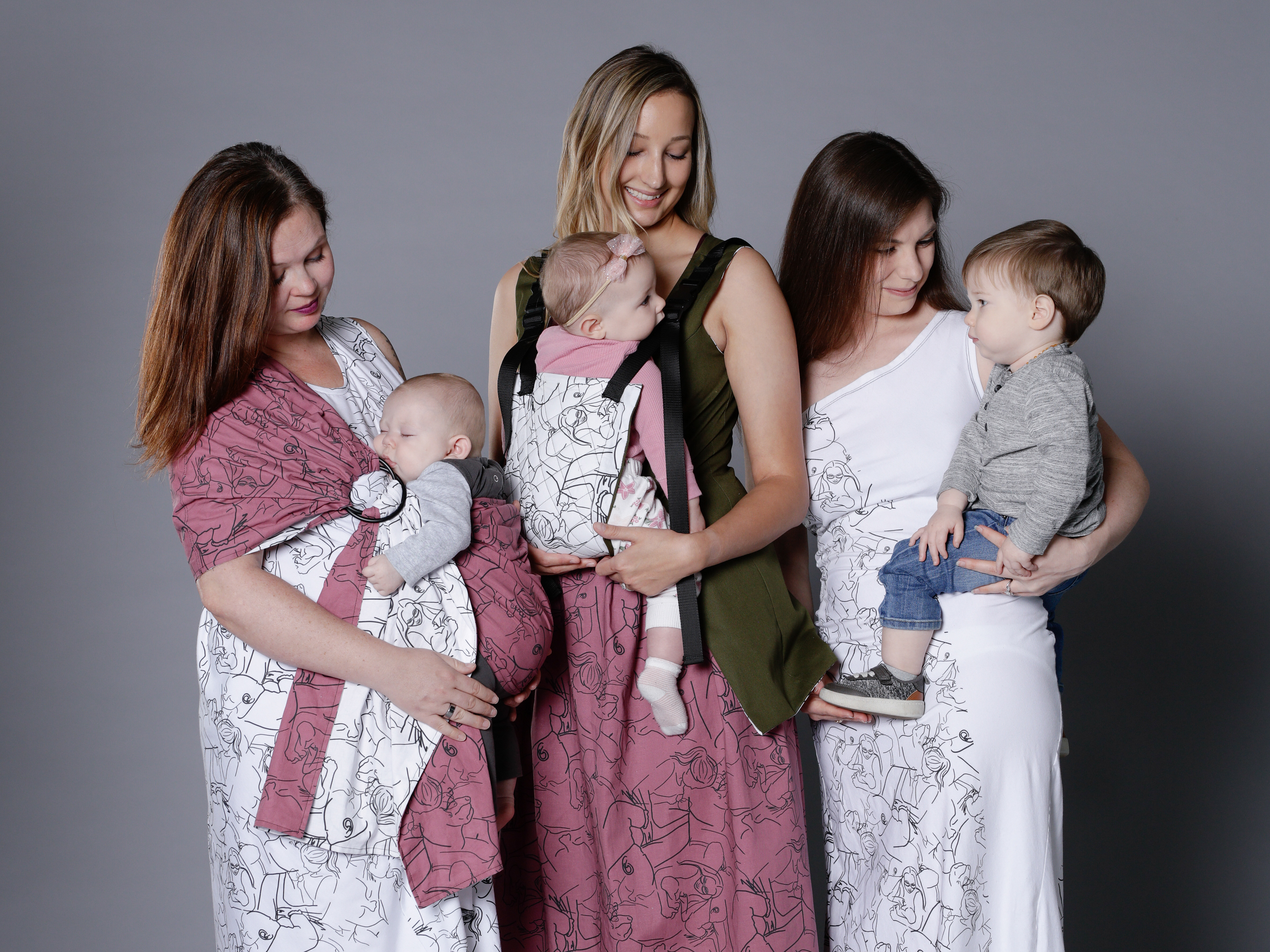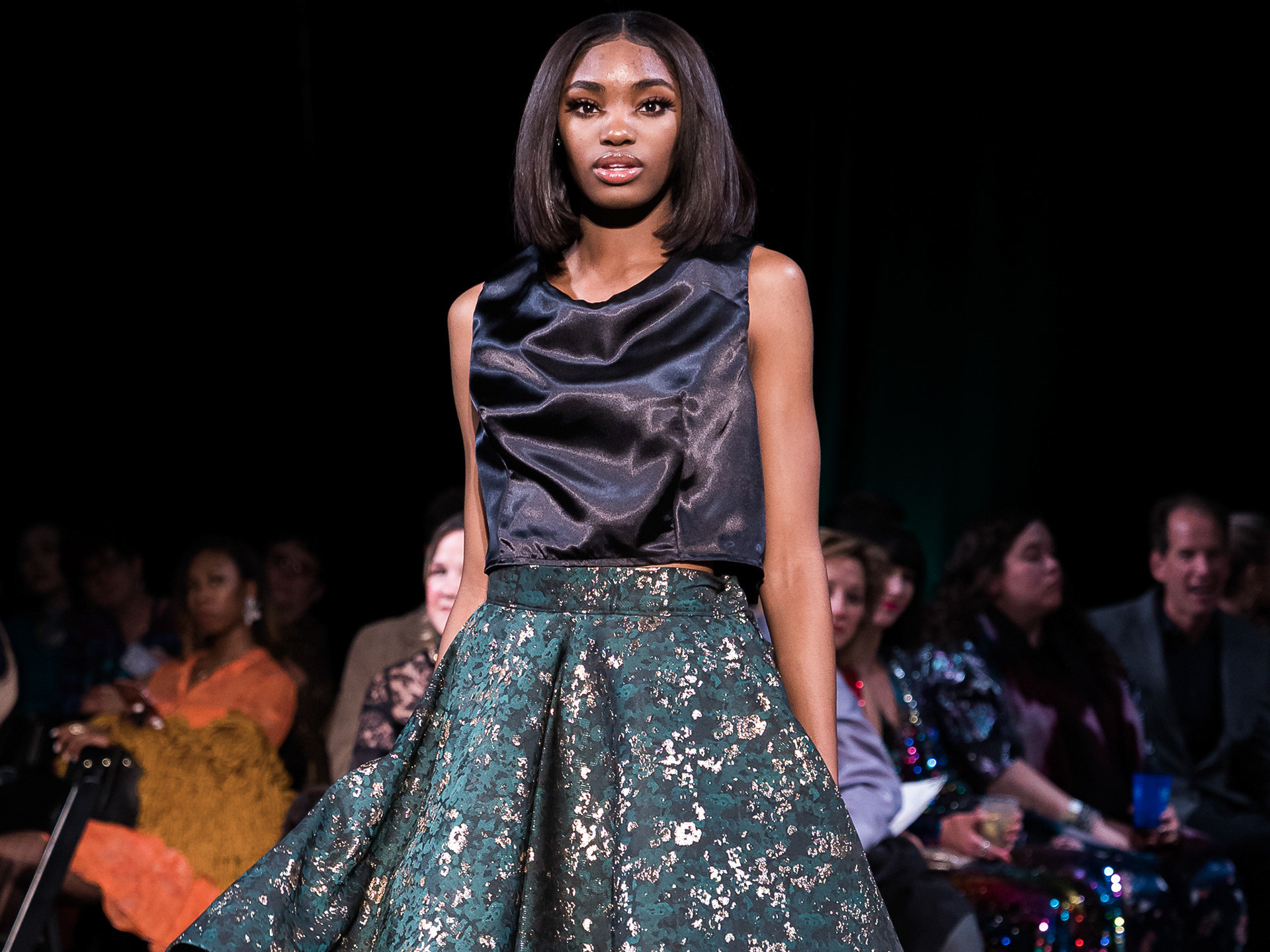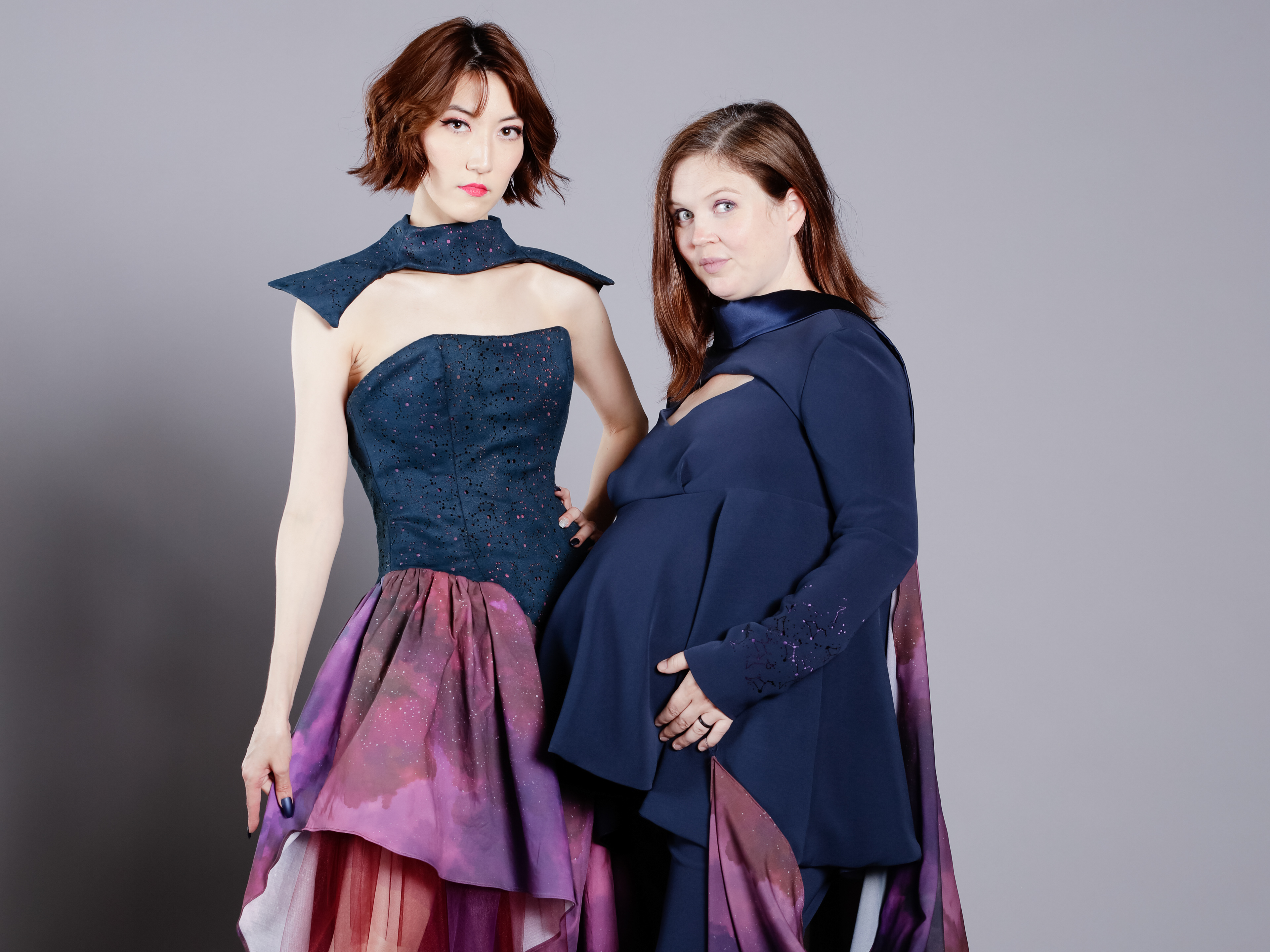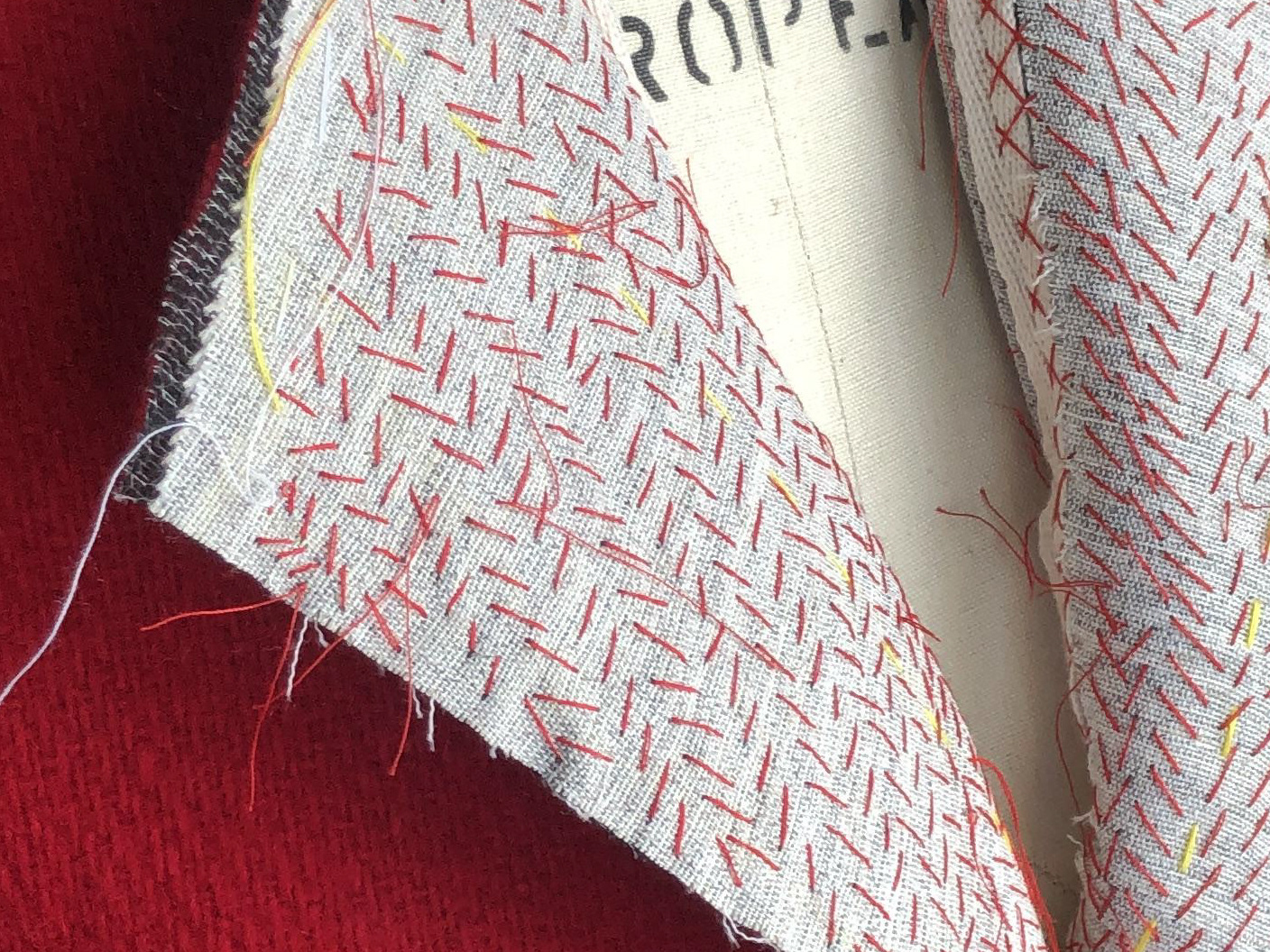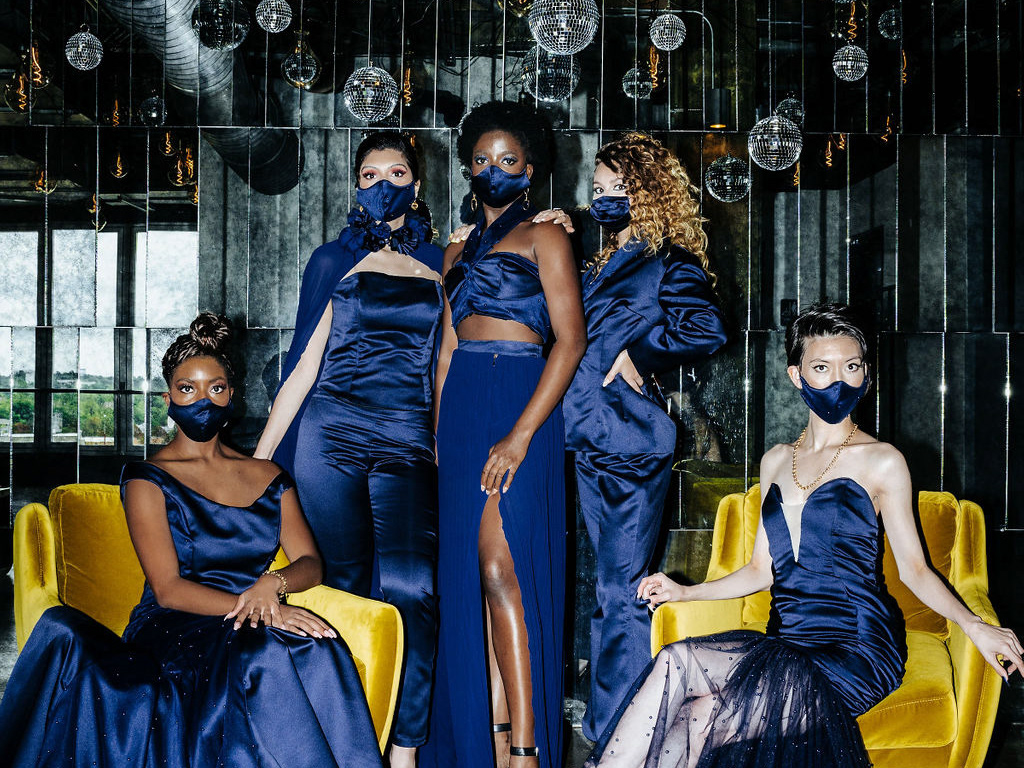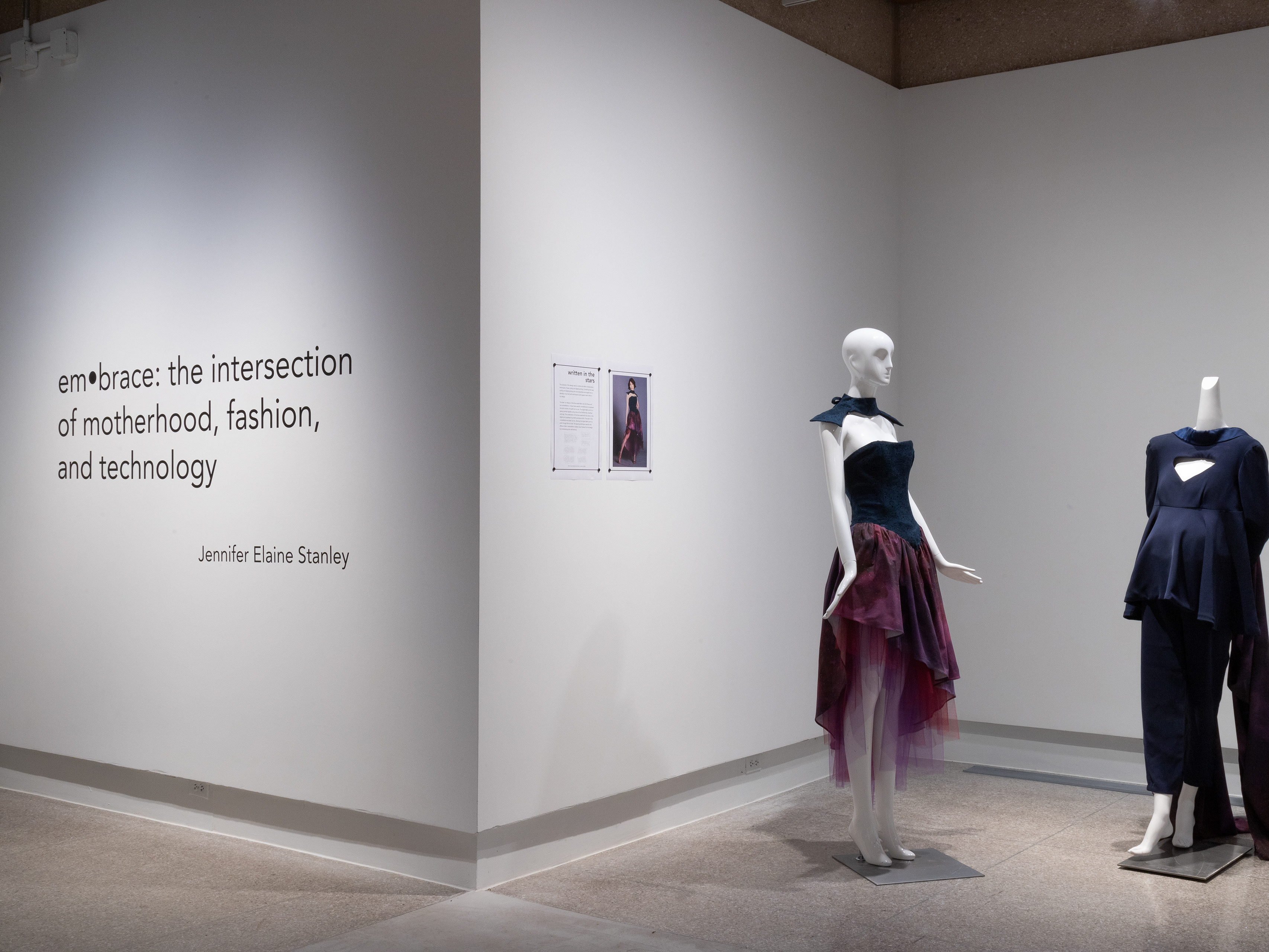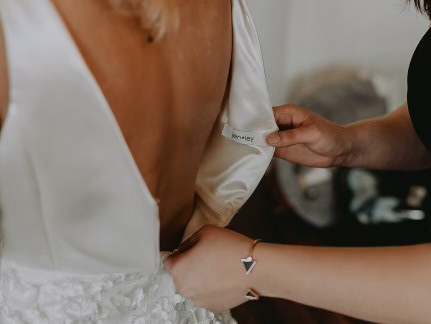ADES 2550- Pattern 1
In this course students learned techniques of flat patternmaking that are applicable to the development of industry professional patterns. As the instructor I employed a series of class demonstrations that taught students the three principles of patternmaking: Dart manipulation, Added Fullness, and Contouring. Students were tasked with exercises to apply demonstrated techniques into different garment designs, as well as completing a pattern assignment and conceptual design project. For the final conceptual design project, students designed ensembles that would use 2 of the 3 principles of patternmaking in product development. As the instructor, I individually mentored each student on specific methods of patternmaking for their unique design. Students drafted a full set of industry production patterns and had an in process design critique to identify problems with their first samples. For the final sewn ensemble, students used muslin fabric to hone in on design construction necessary for a successful design. The below video was taken between 2 sections of the course to show their final samples sewn from their full production pattern set.
ADES 3550- Fashion Draping
In the final assignment for ADES3550, students explored a new 3D design process incorporating sketching in Virtual Reality, Draping, and Final Garment Construction into an ensemble of their choosing to demonstrate learned draping techniques. Students gave positive feedback to the correlation between 3D sketching with principles of draping. . In collaboration with the UNT Media Library, I provided students enrolled in this course with the unique opportunity to begin their design process by sketching within a 3D virtual environment. Throughout the design process, students consistently engaged with 3D technology, starting with VR sketching, progressing to fabric draping, and garment construction. The outcomes of this study concluded that students attributed the use of the VR to an enhanced and engaged learning experience, as well as improved creative inspiration. This study has been accepted for international presentation this November at the ITAA 2023 Annual Conference. My student Emmalyne Martin's "Red Death" dress (see below) from this assignment was accepted for international exhibition at ITAA 2023.
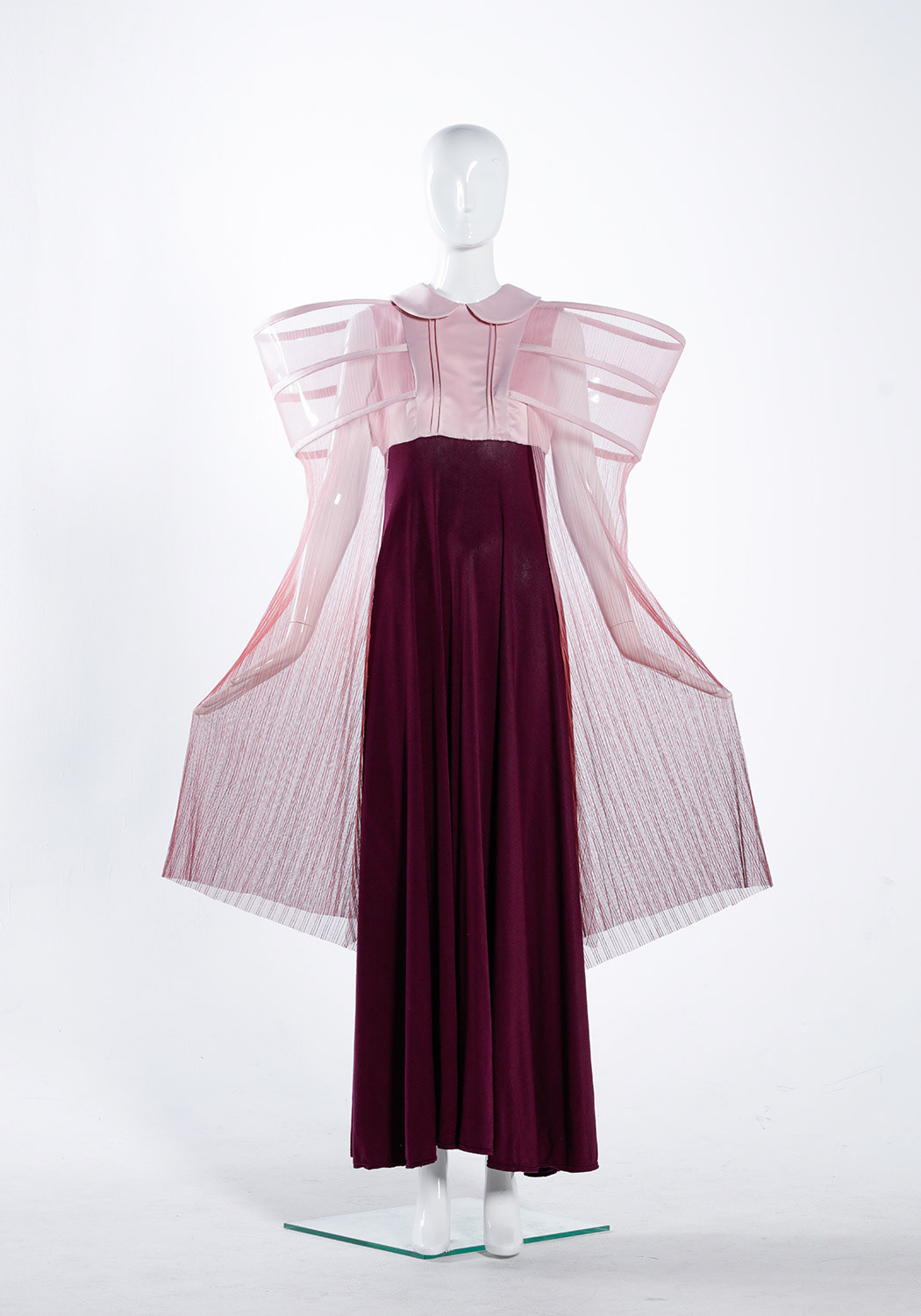
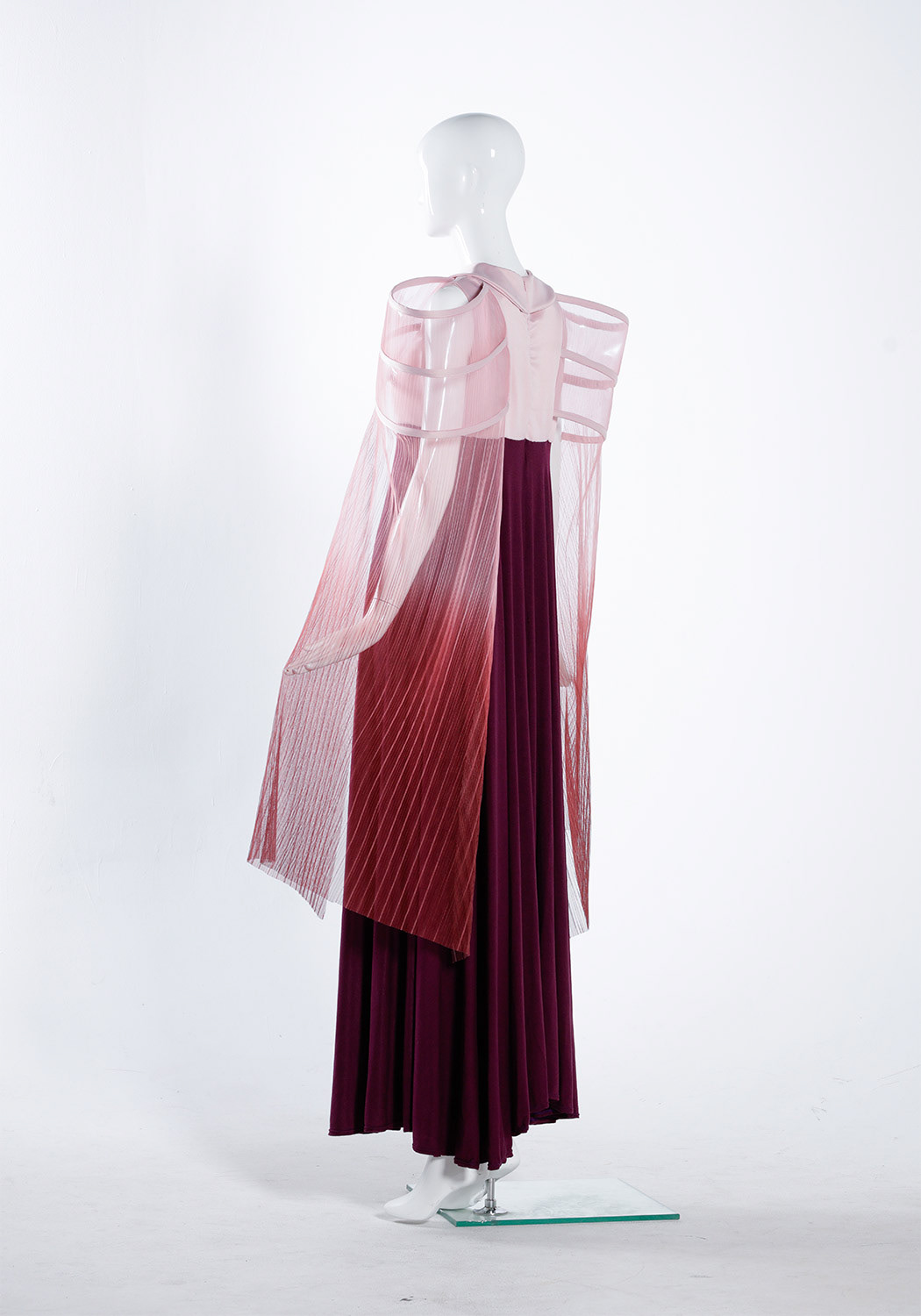
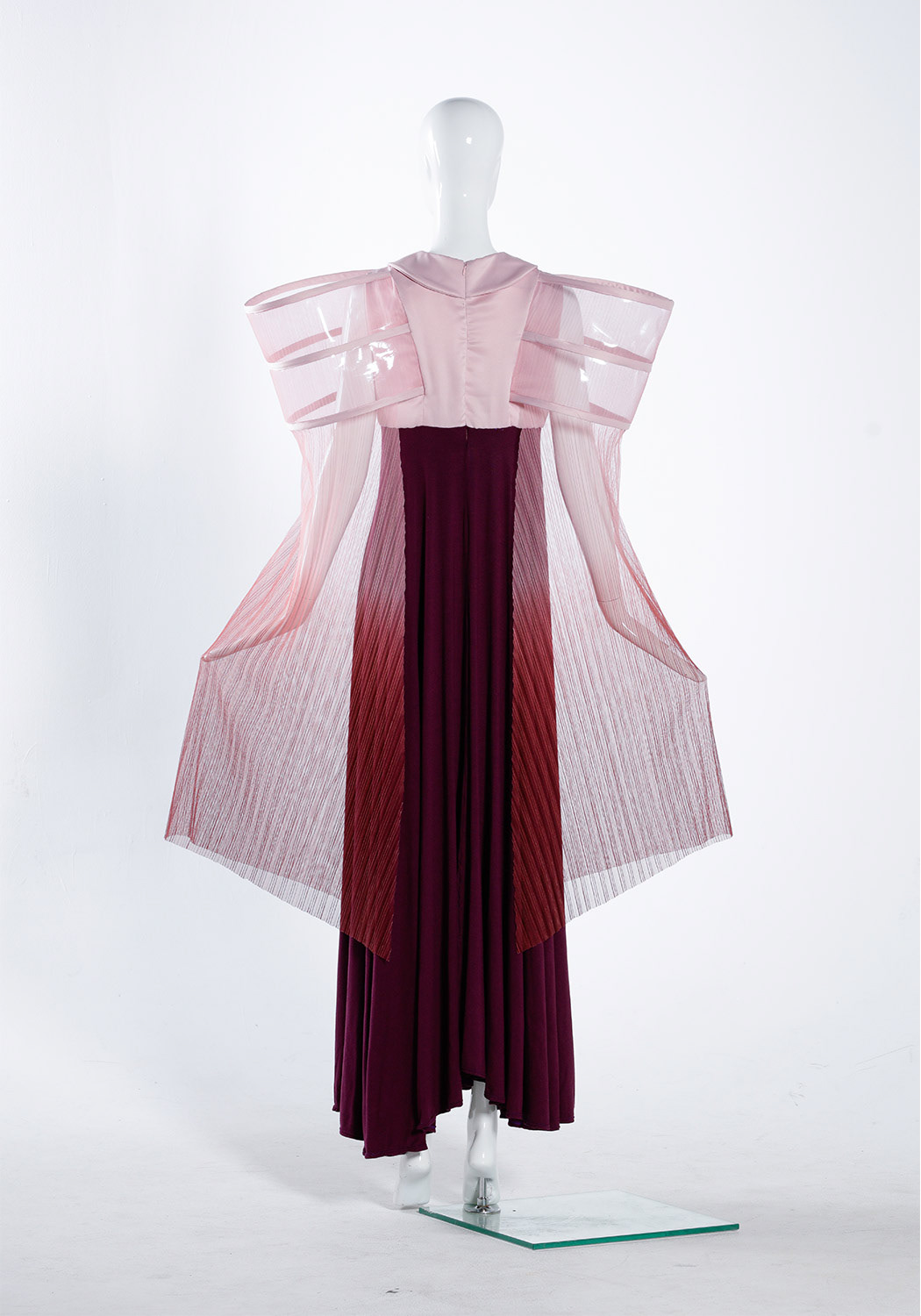
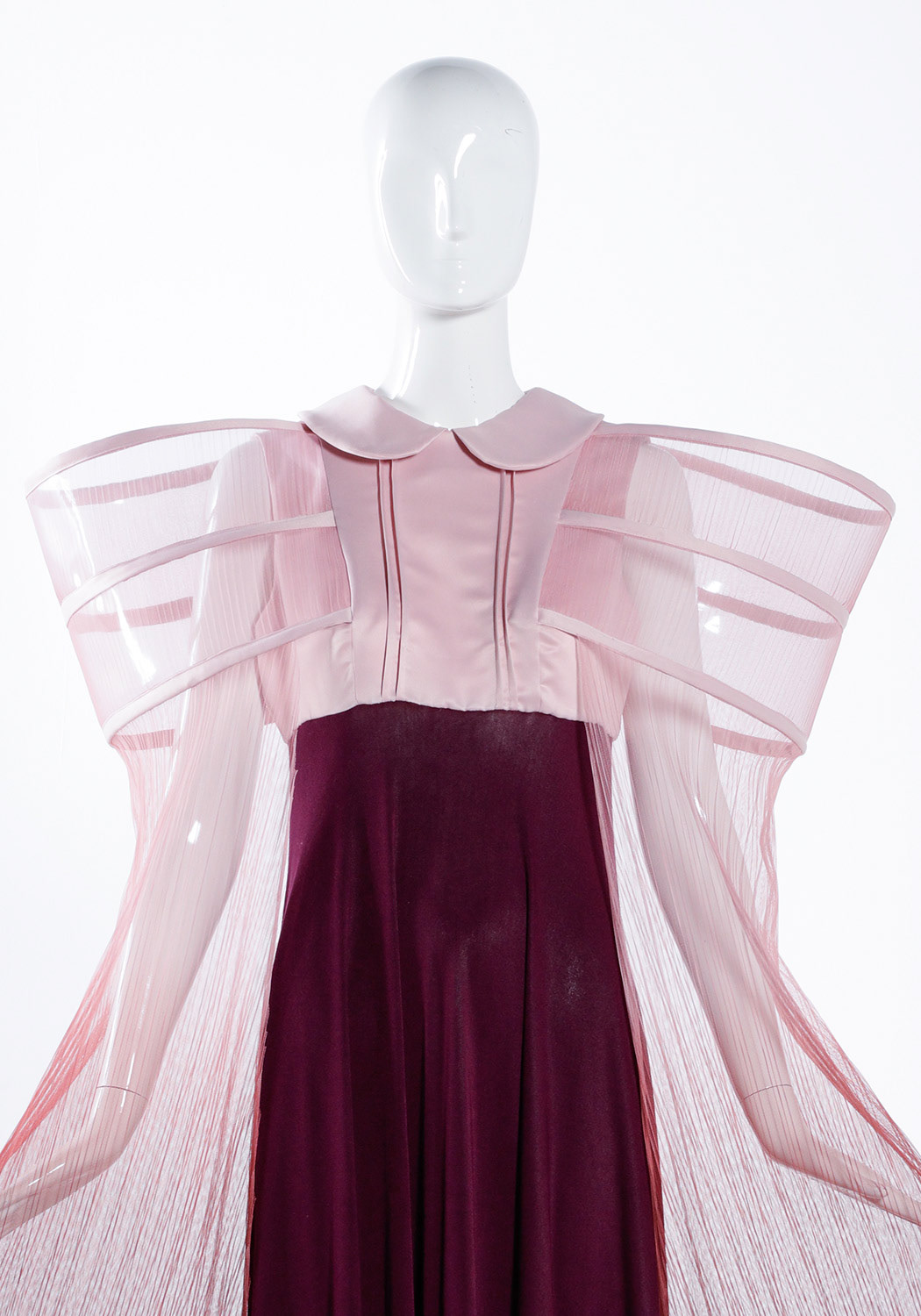
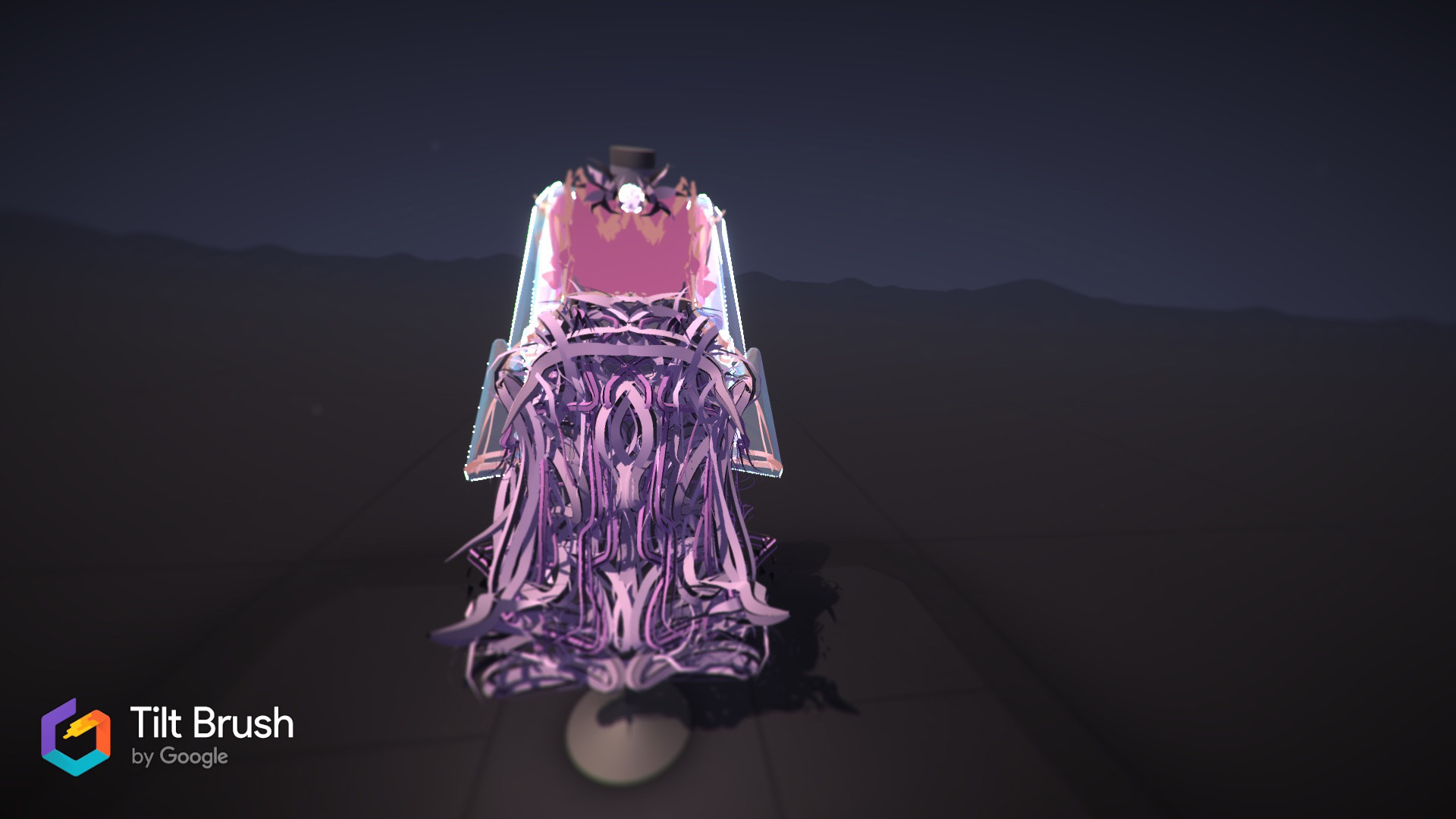
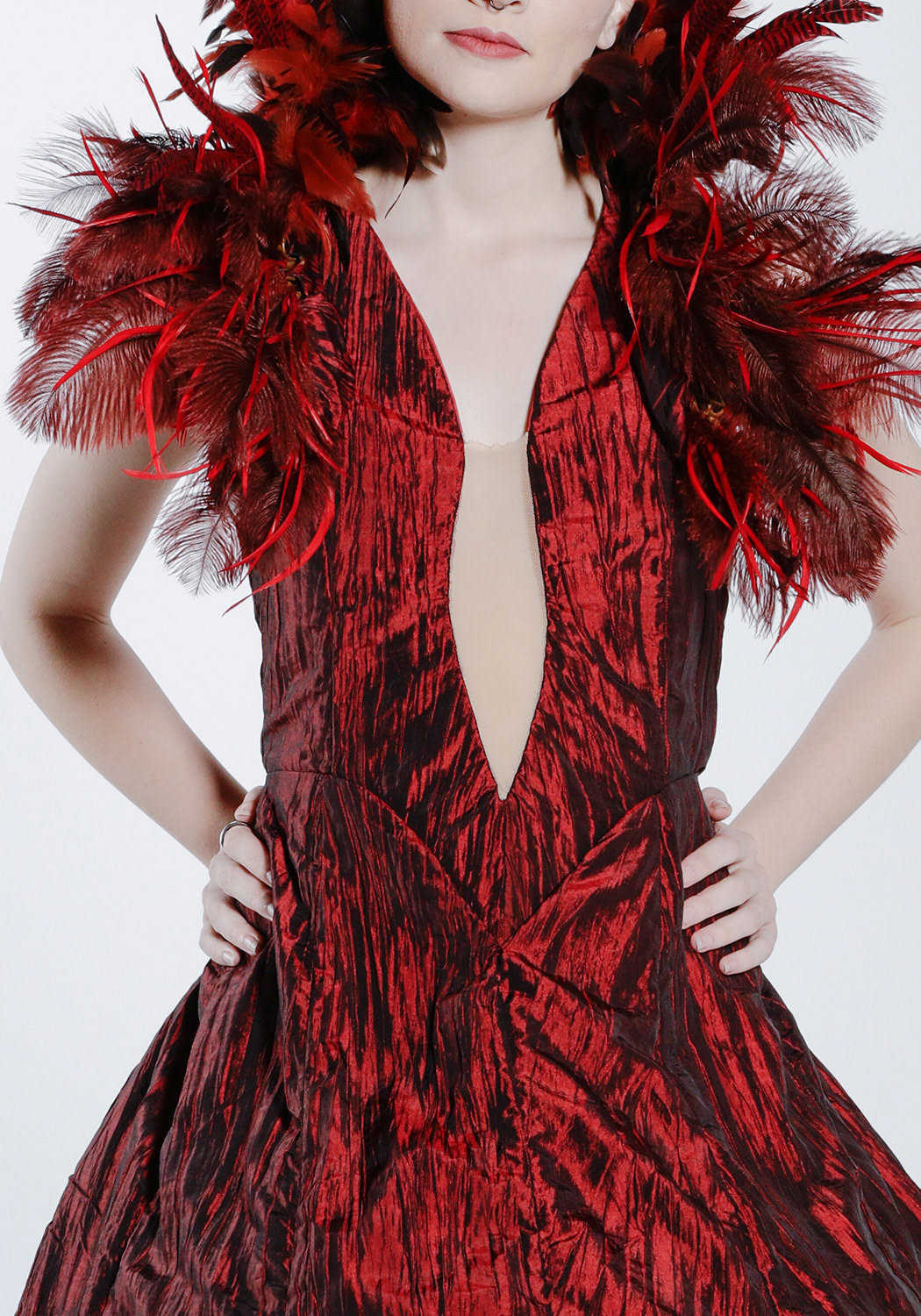
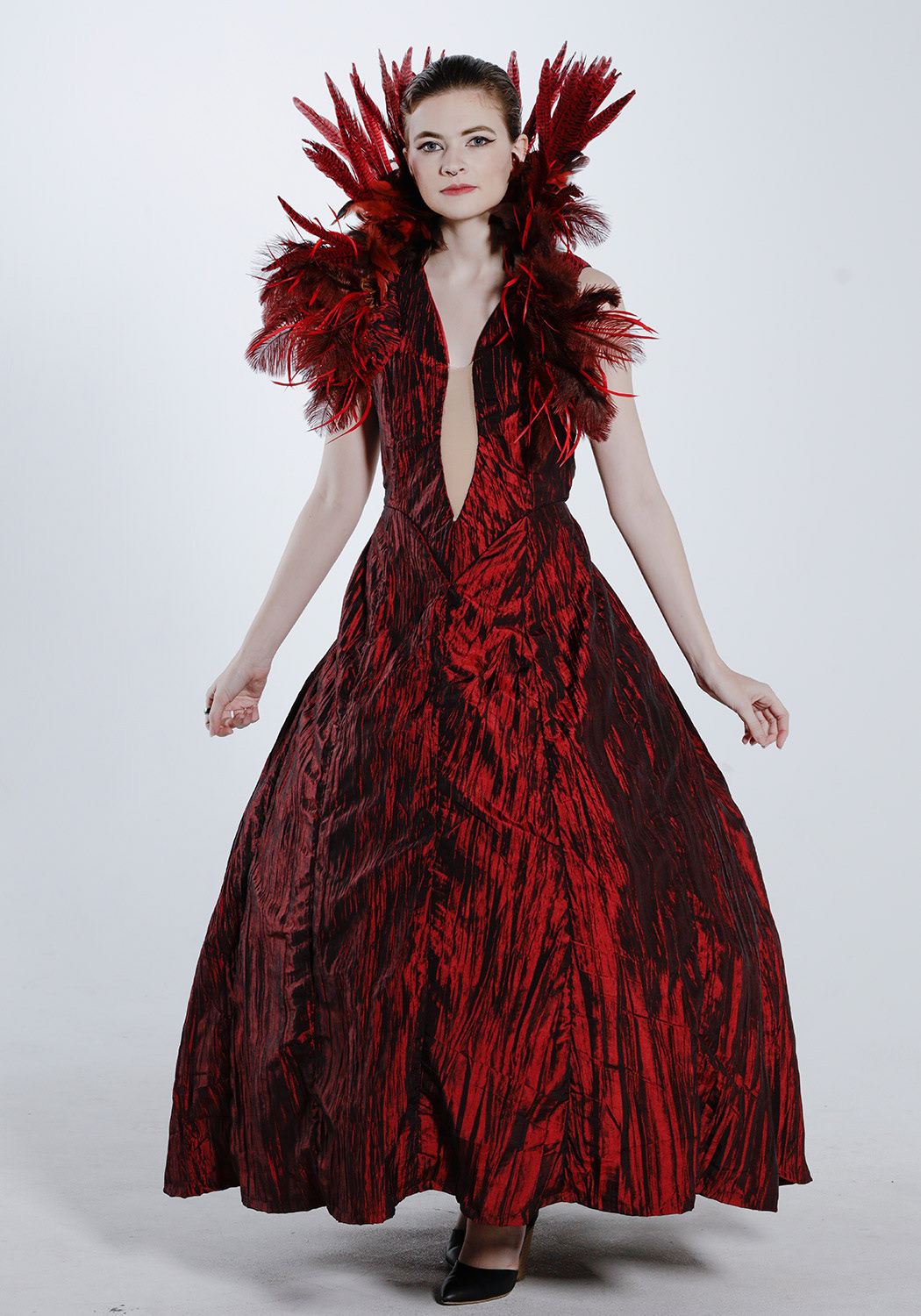
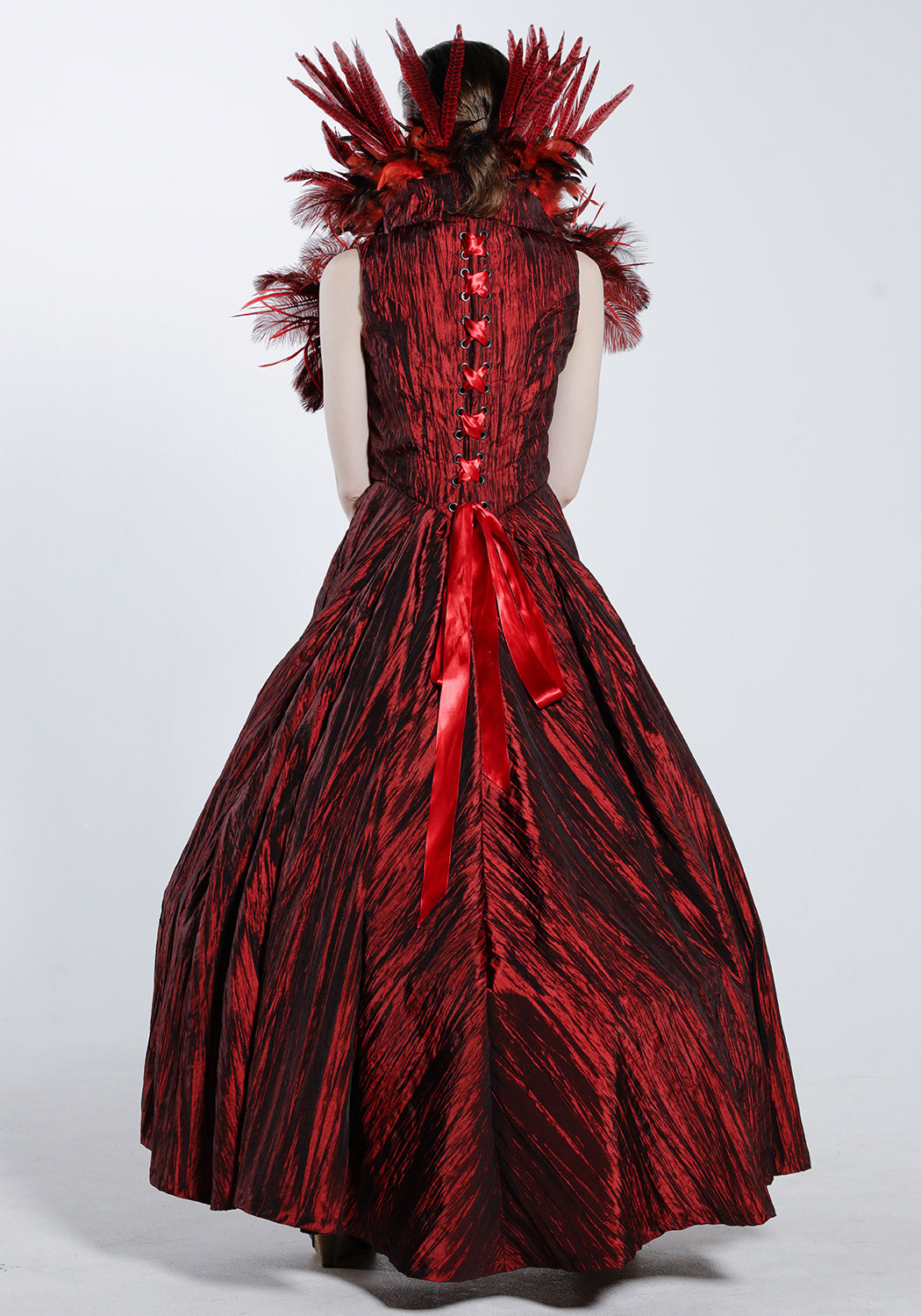
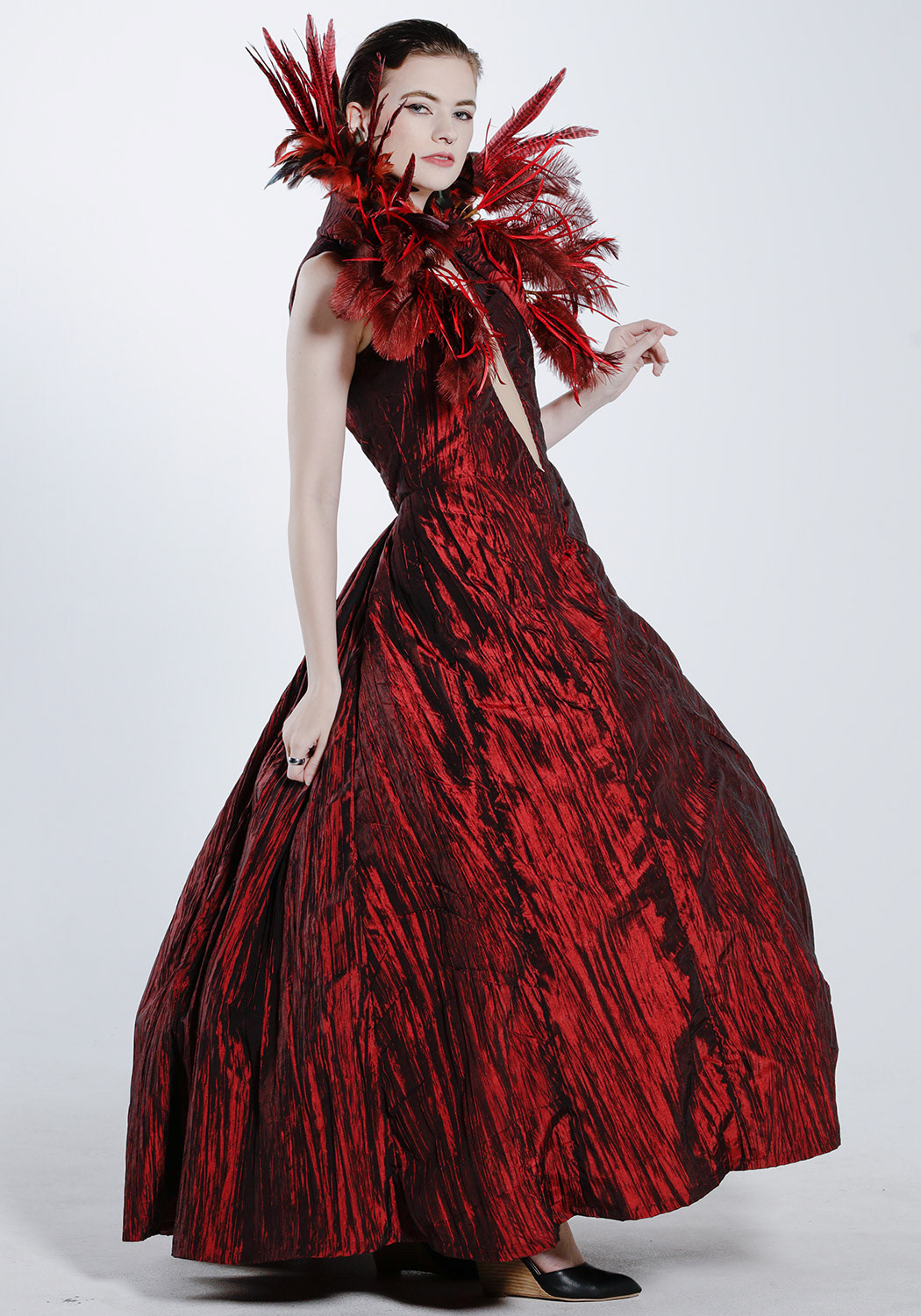
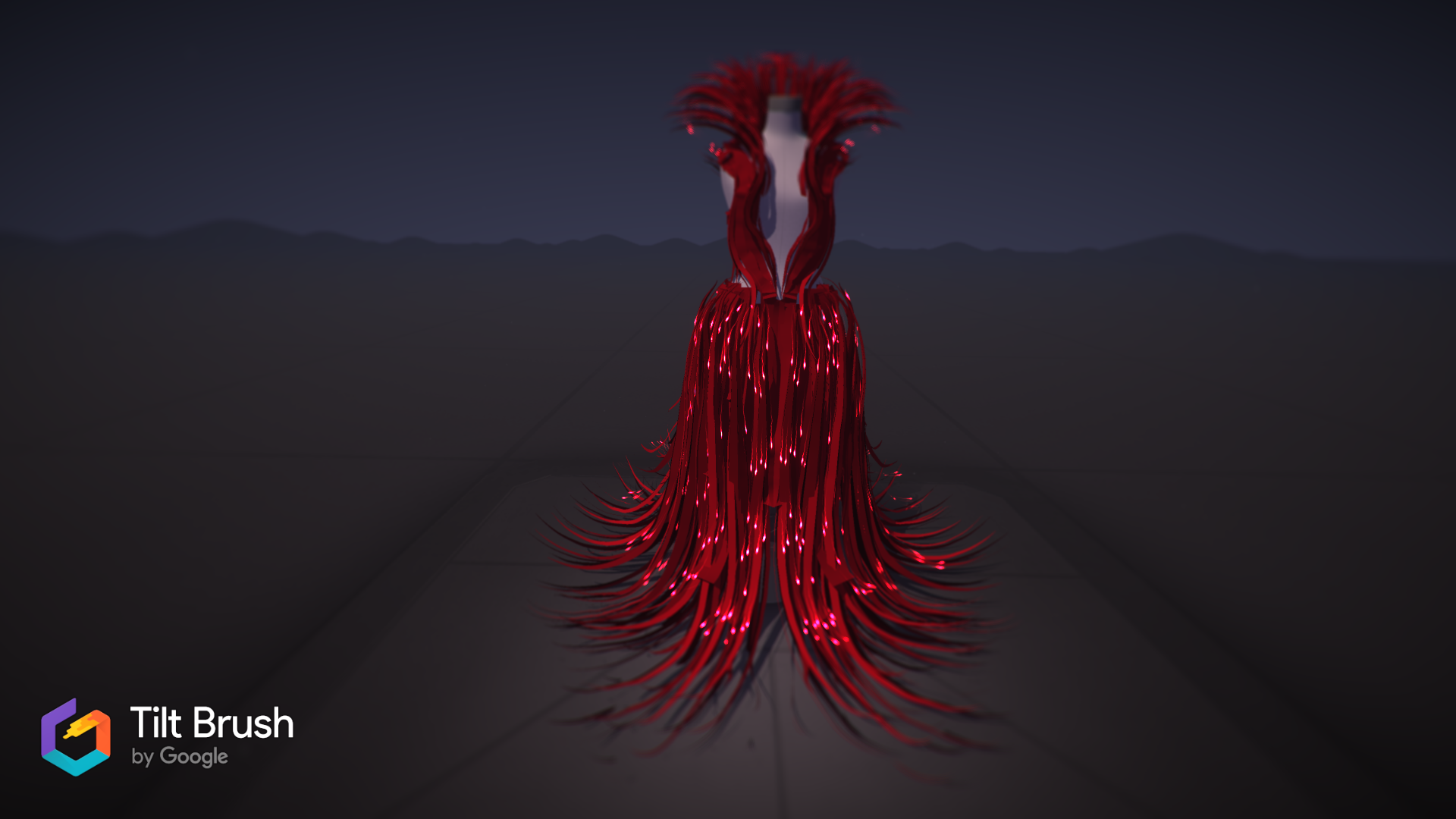
ADES 3550- Fashion Draping
In this course, students completed a collaborative teaching project in conjunction with a design course taught by Dr. Hae Jin Gam. Students learned CAD techniques and print design with Dr. Gam, and the Department of Design used funds provided from Cotton Inc. to order knit fabric in each student's print. In ADES 3550 course, students created a garment with the fabric of their own print design.
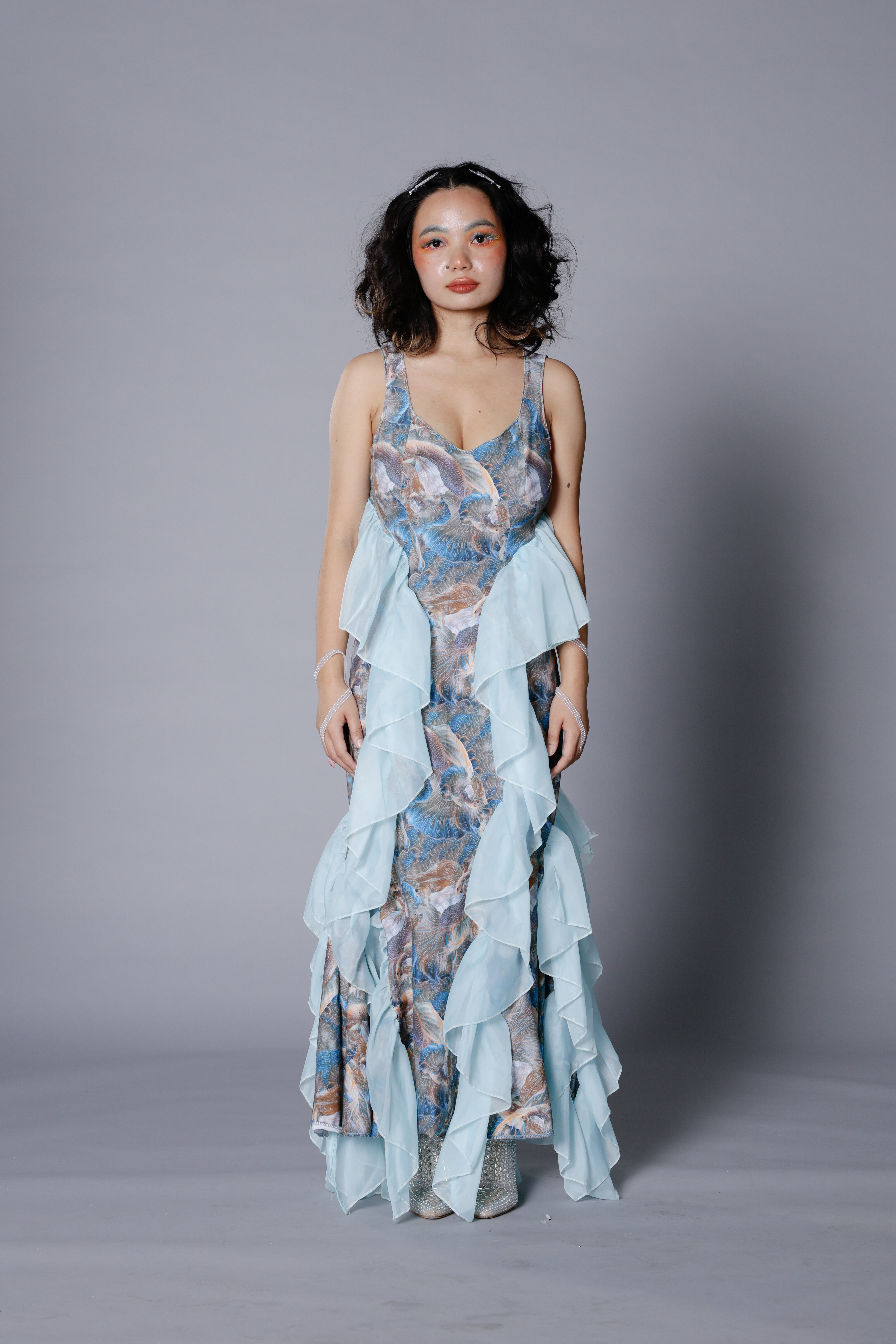
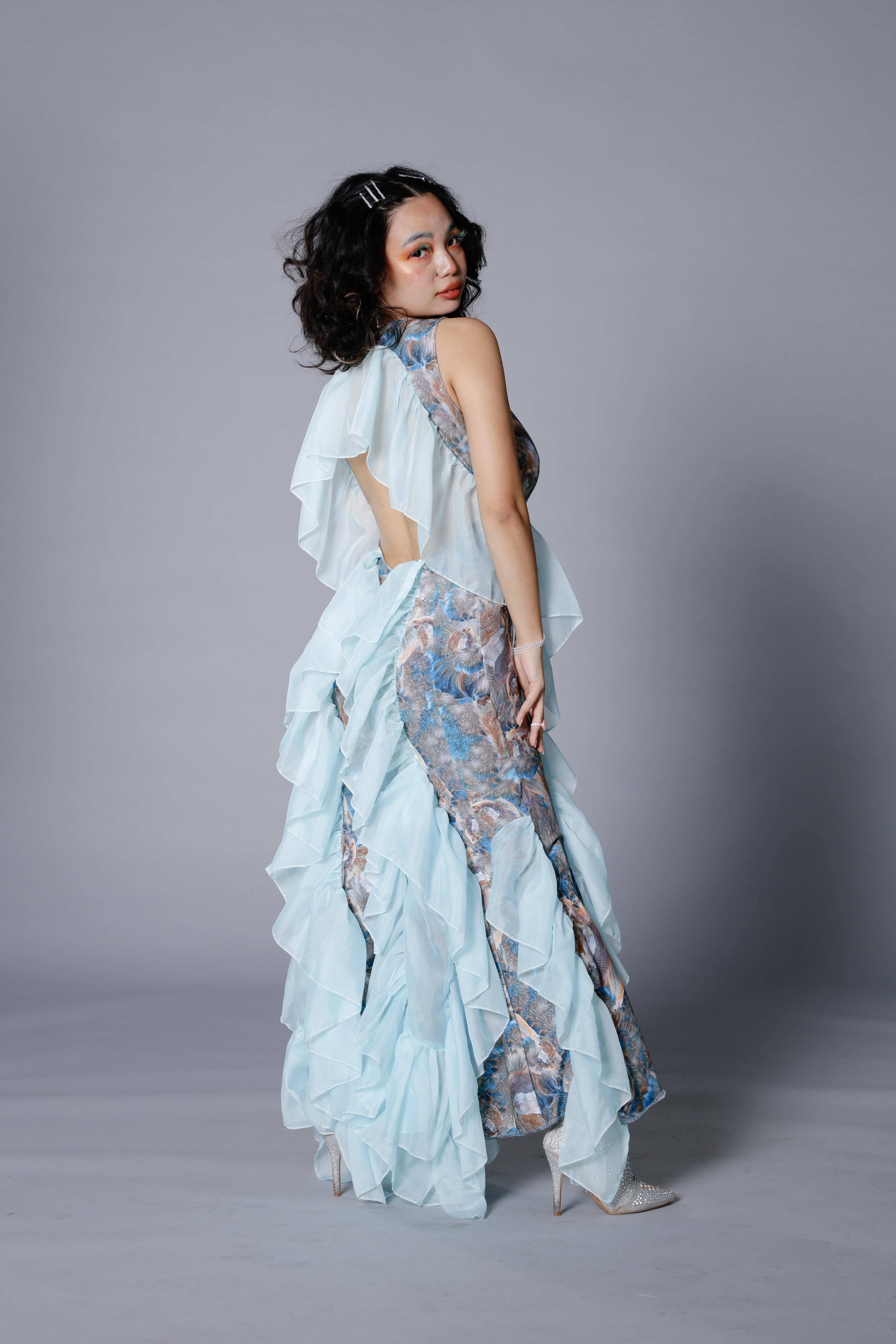
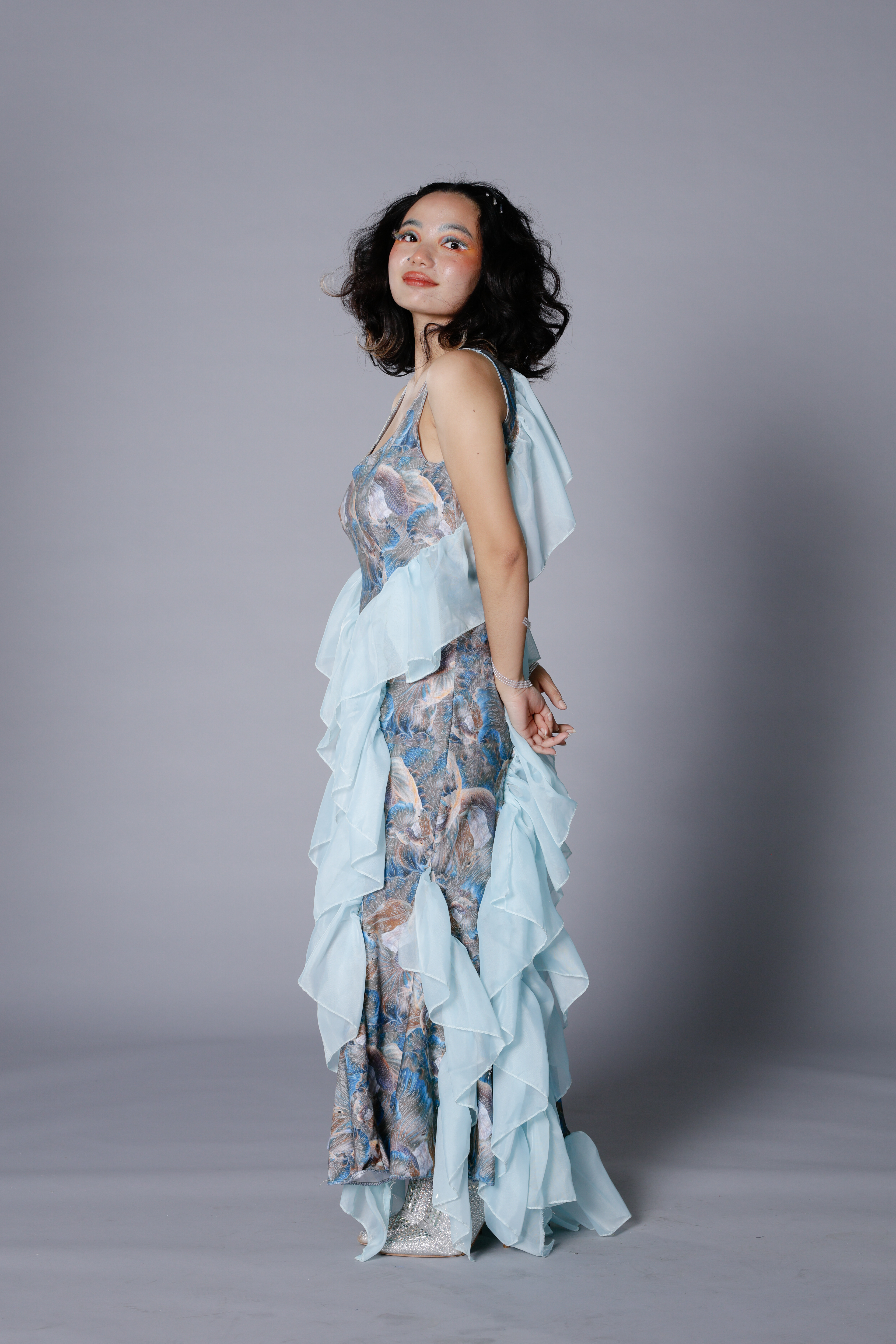
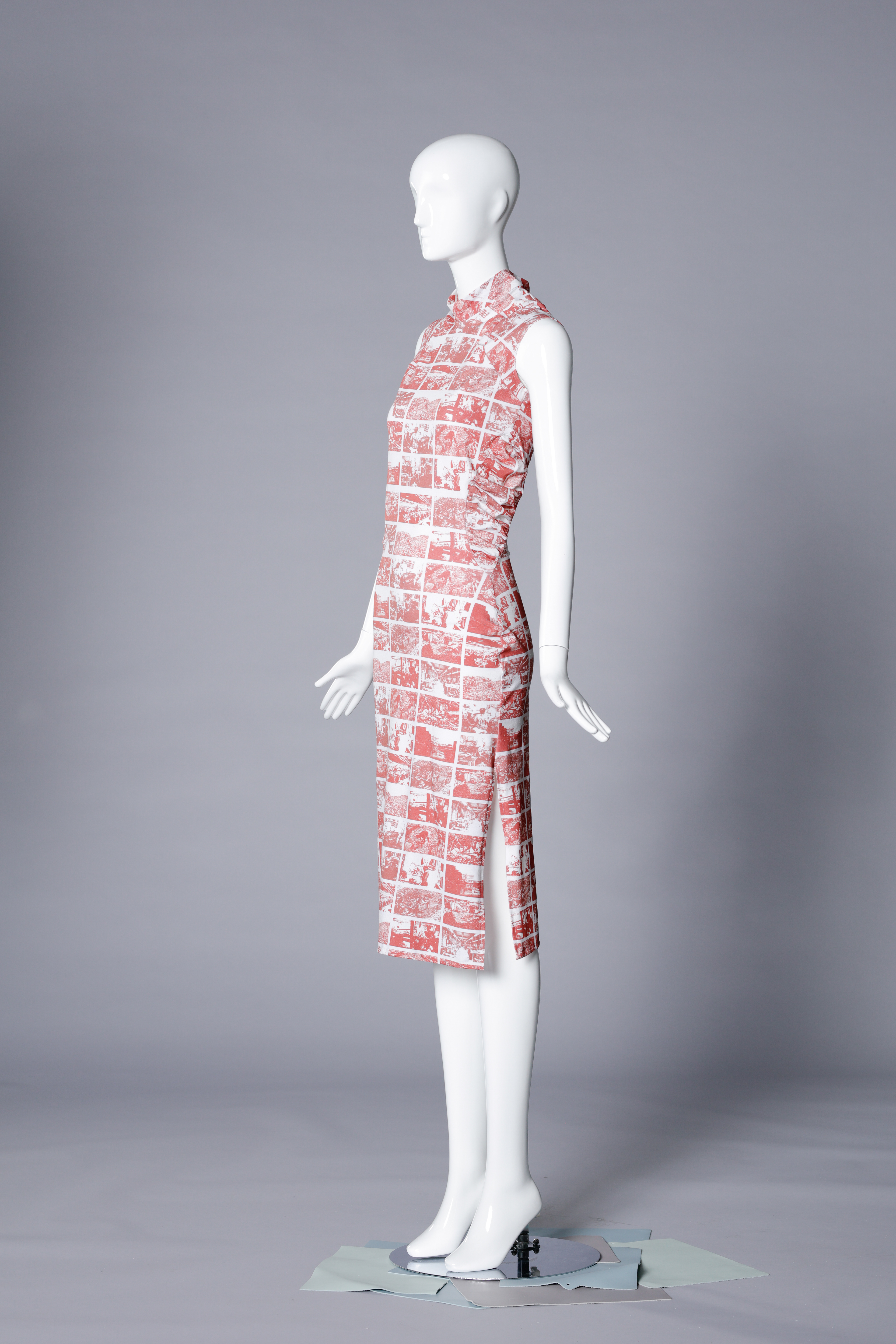
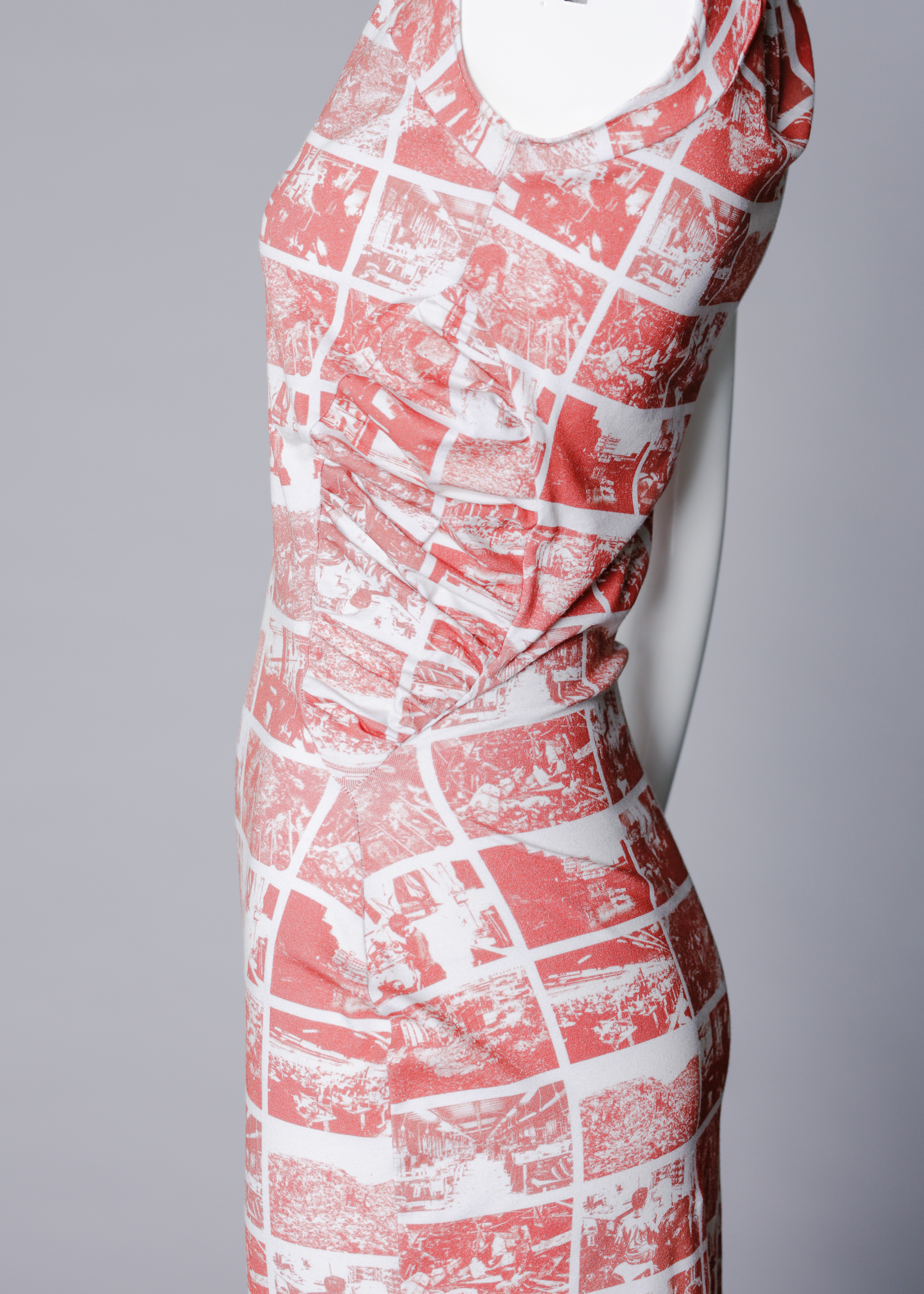
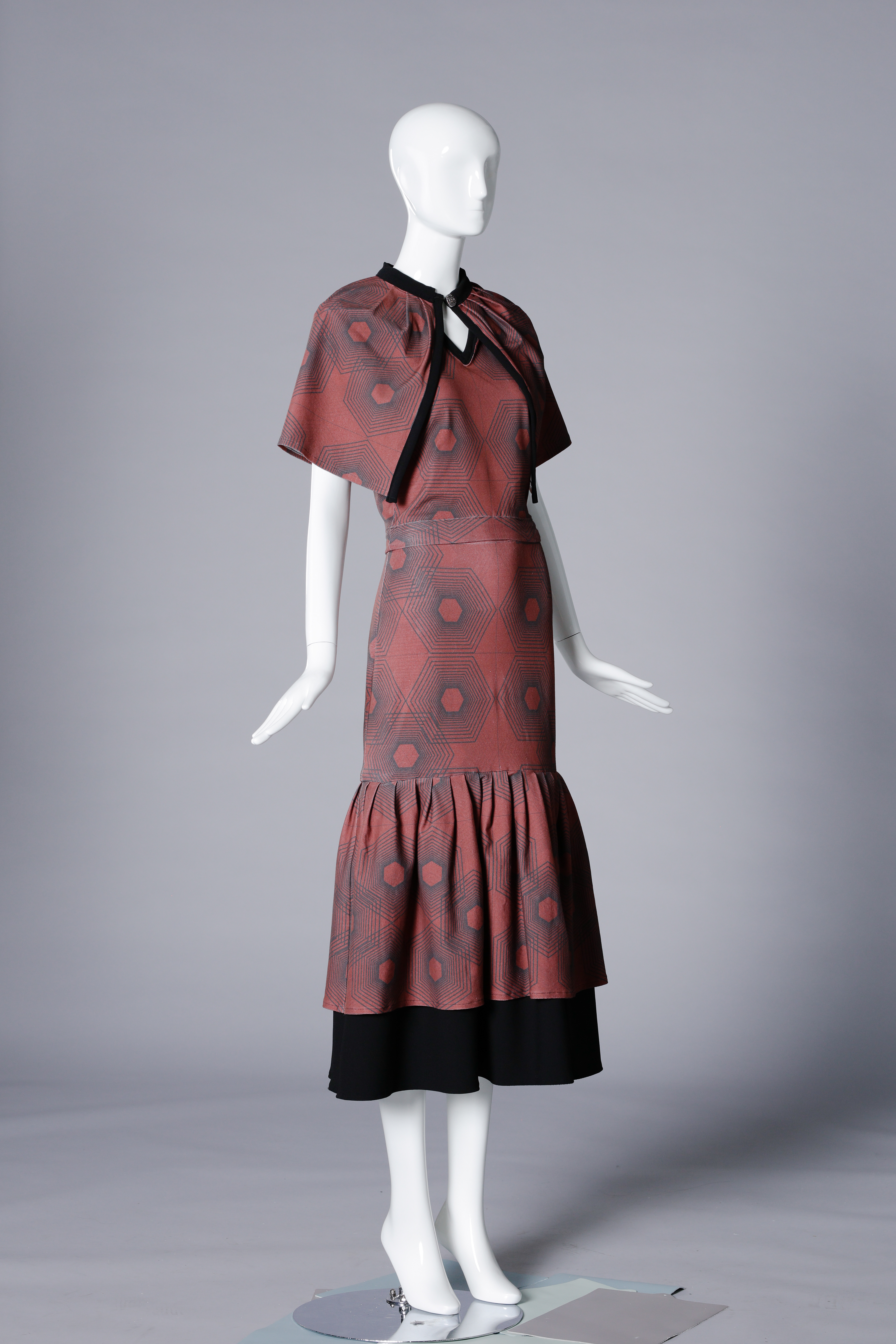
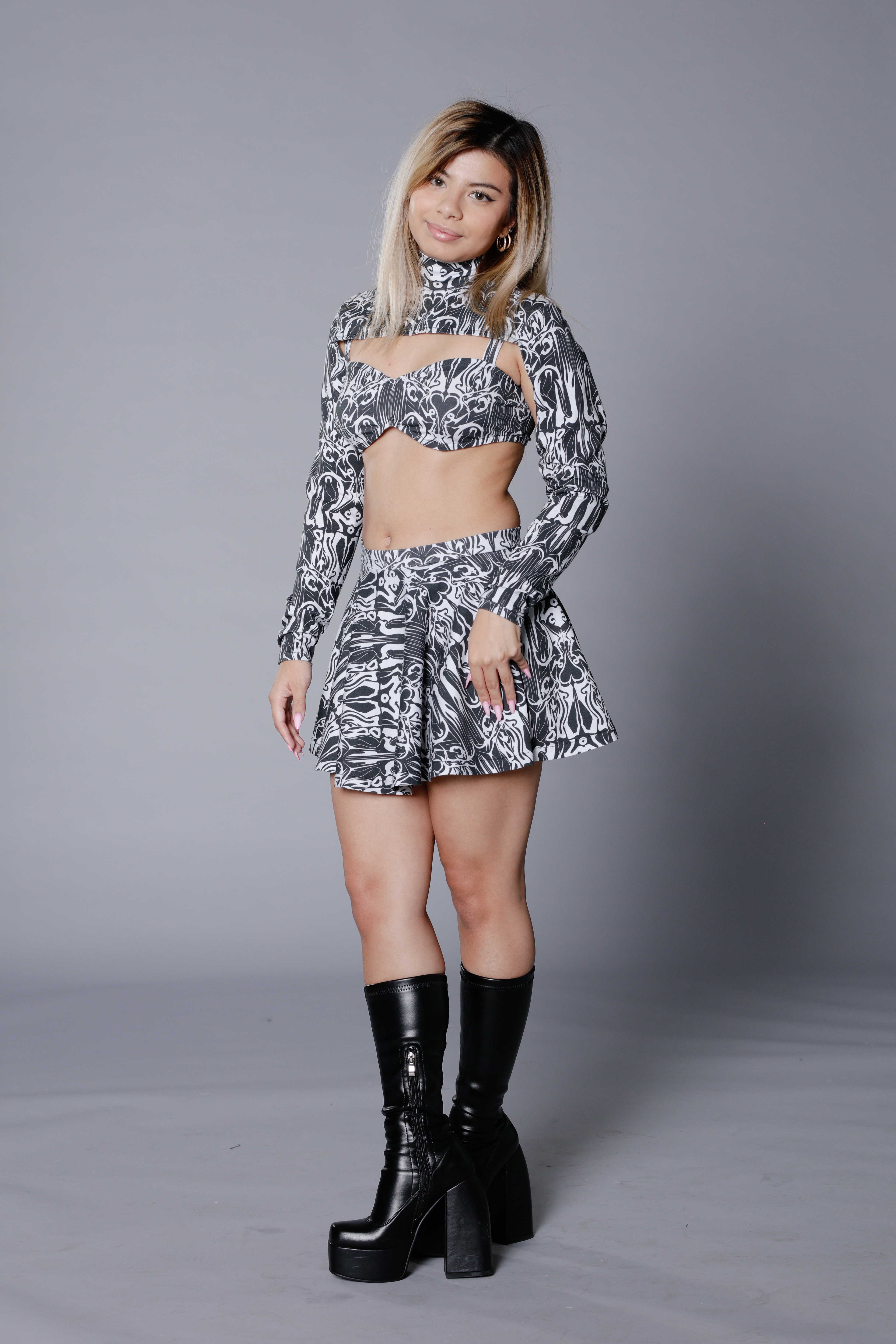
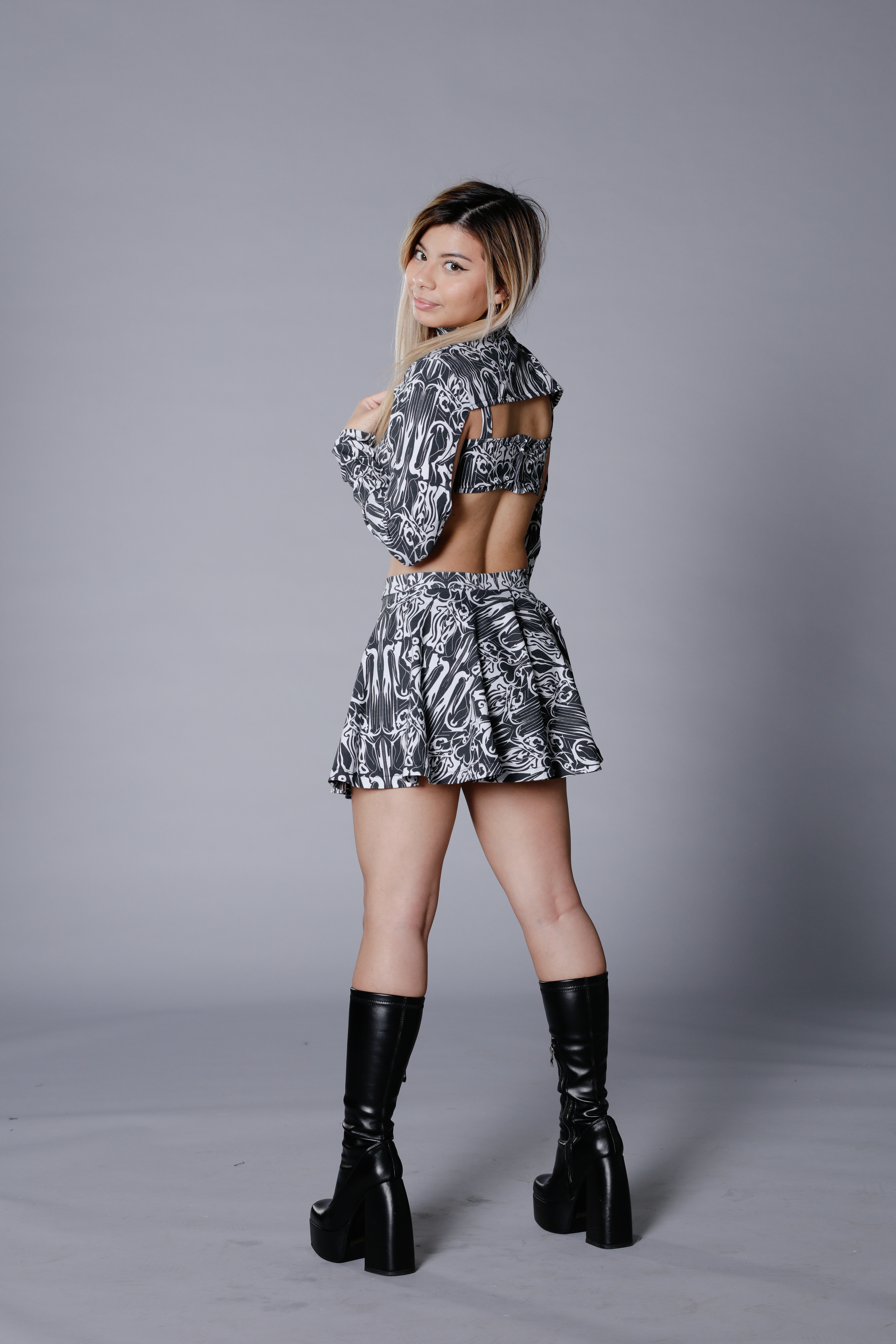
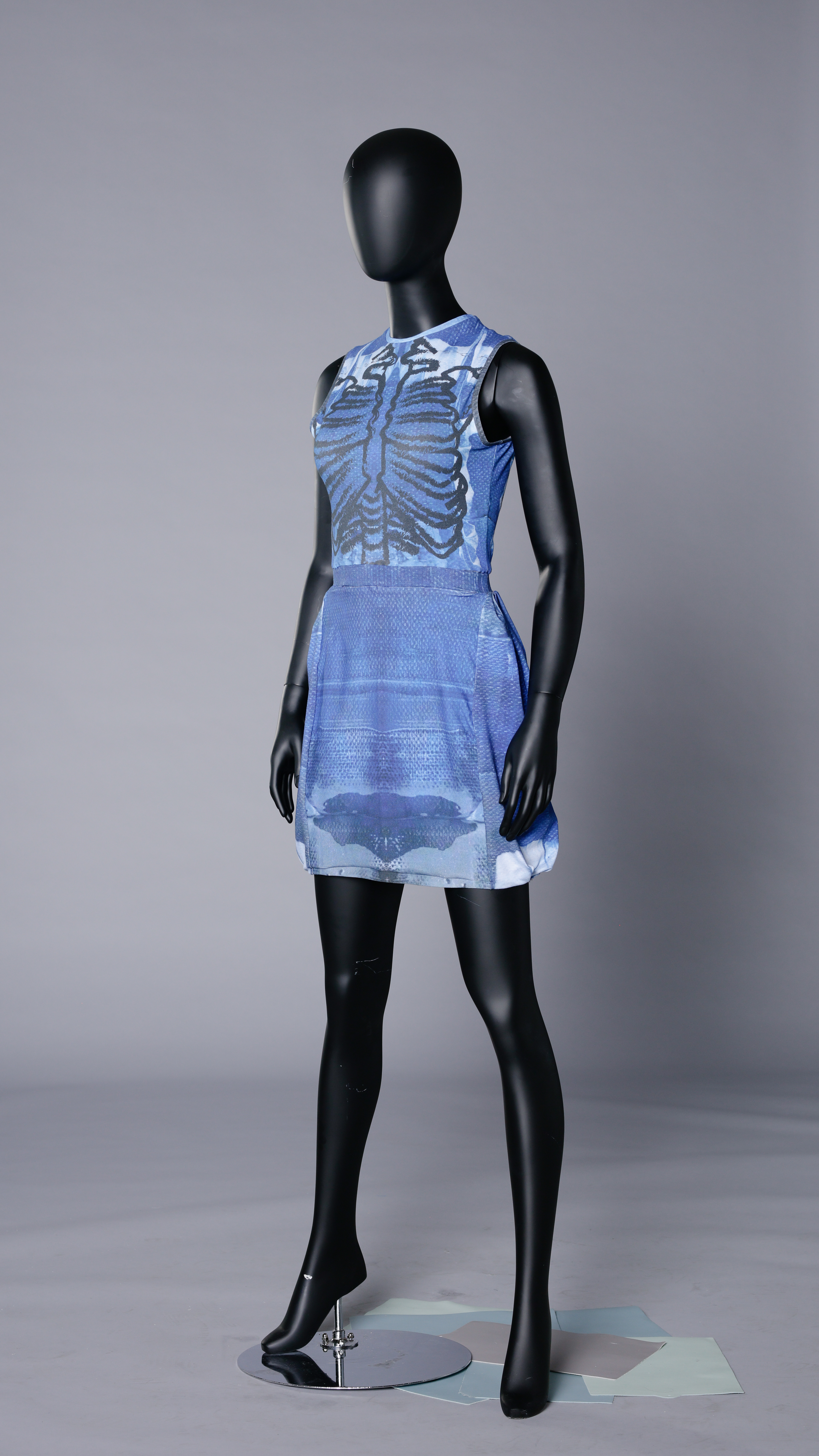
ADES 3550- Fashion Draping
For the bustier assignment, students learned how to drape the inner construction of a bustier focusing on fit, contouring, and adding support with materials such as boning. Students used skills from lecture to creatively design the outer layer of the bustier over the inner construction. The instructor gave demos of draping principle techniques, sewing bustier construction, and how to drape using various fabrics.
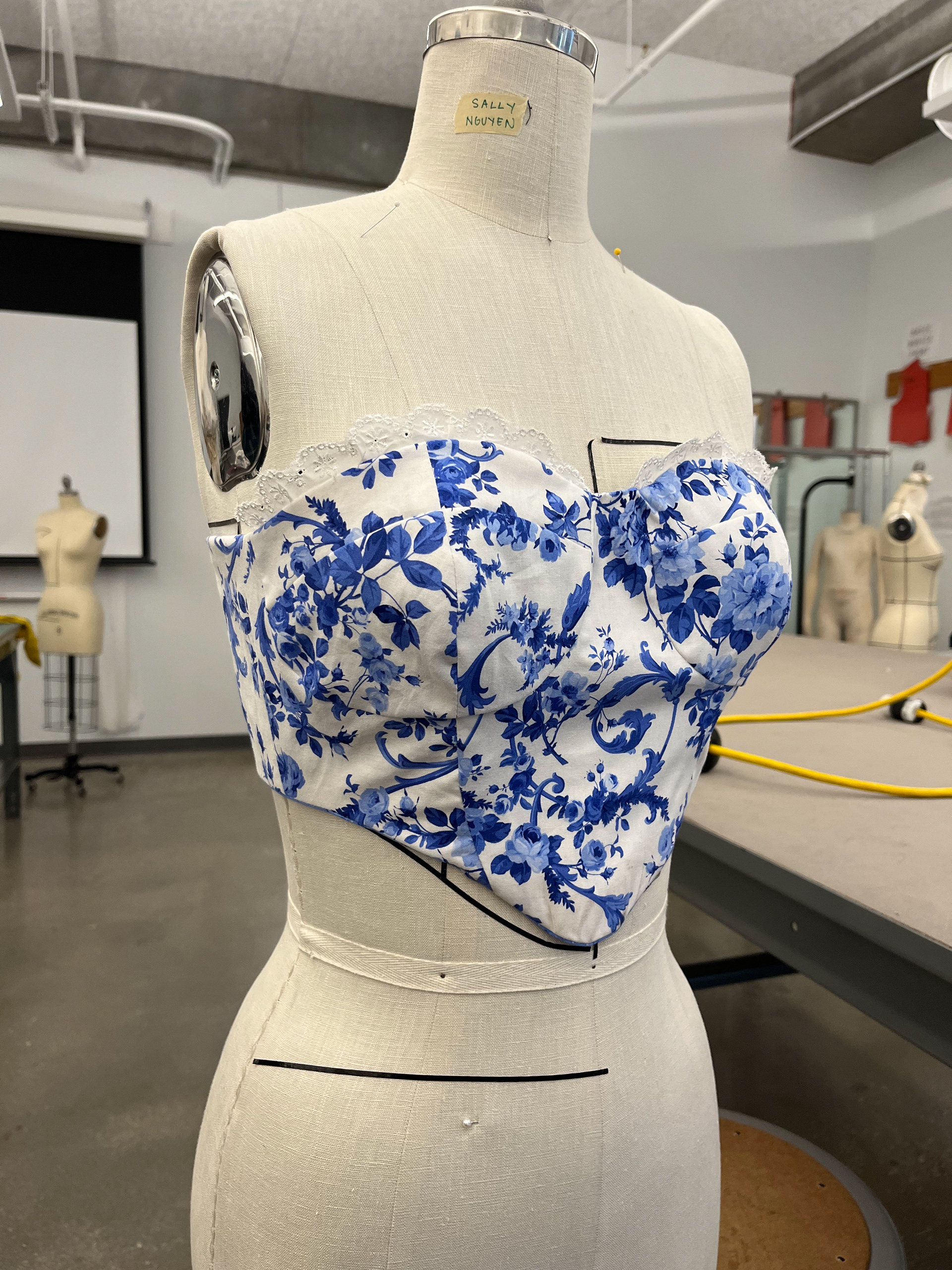
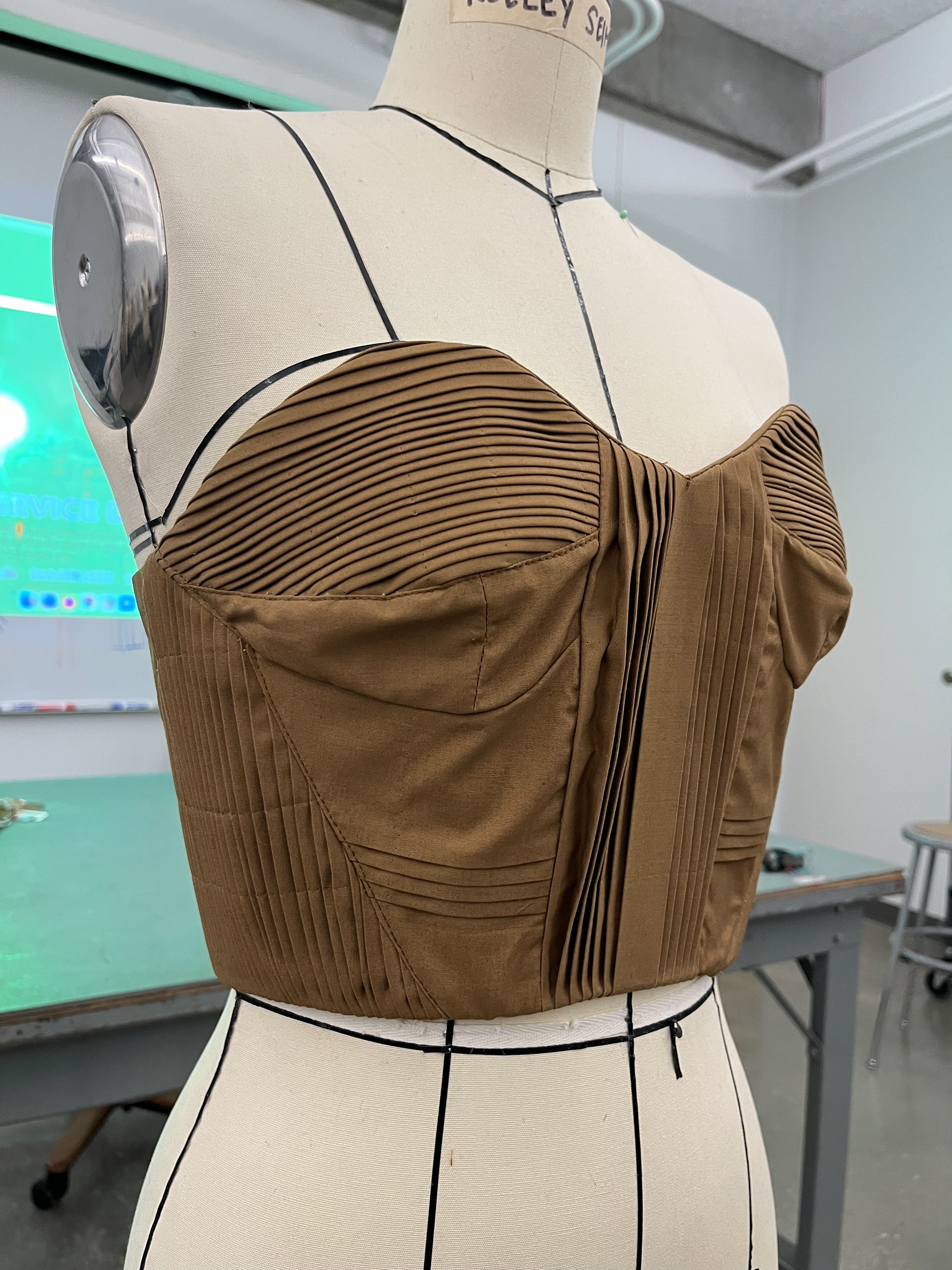
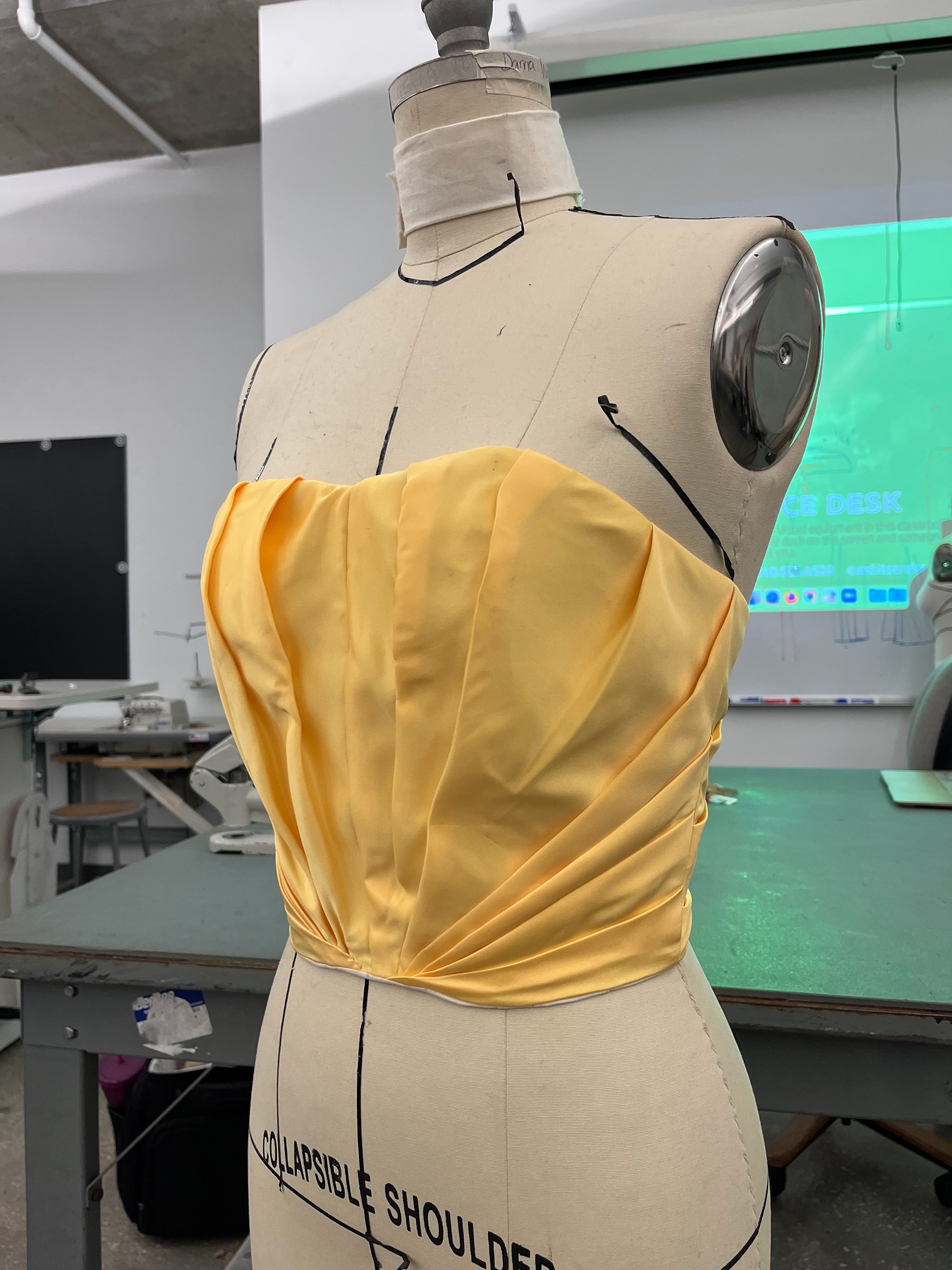
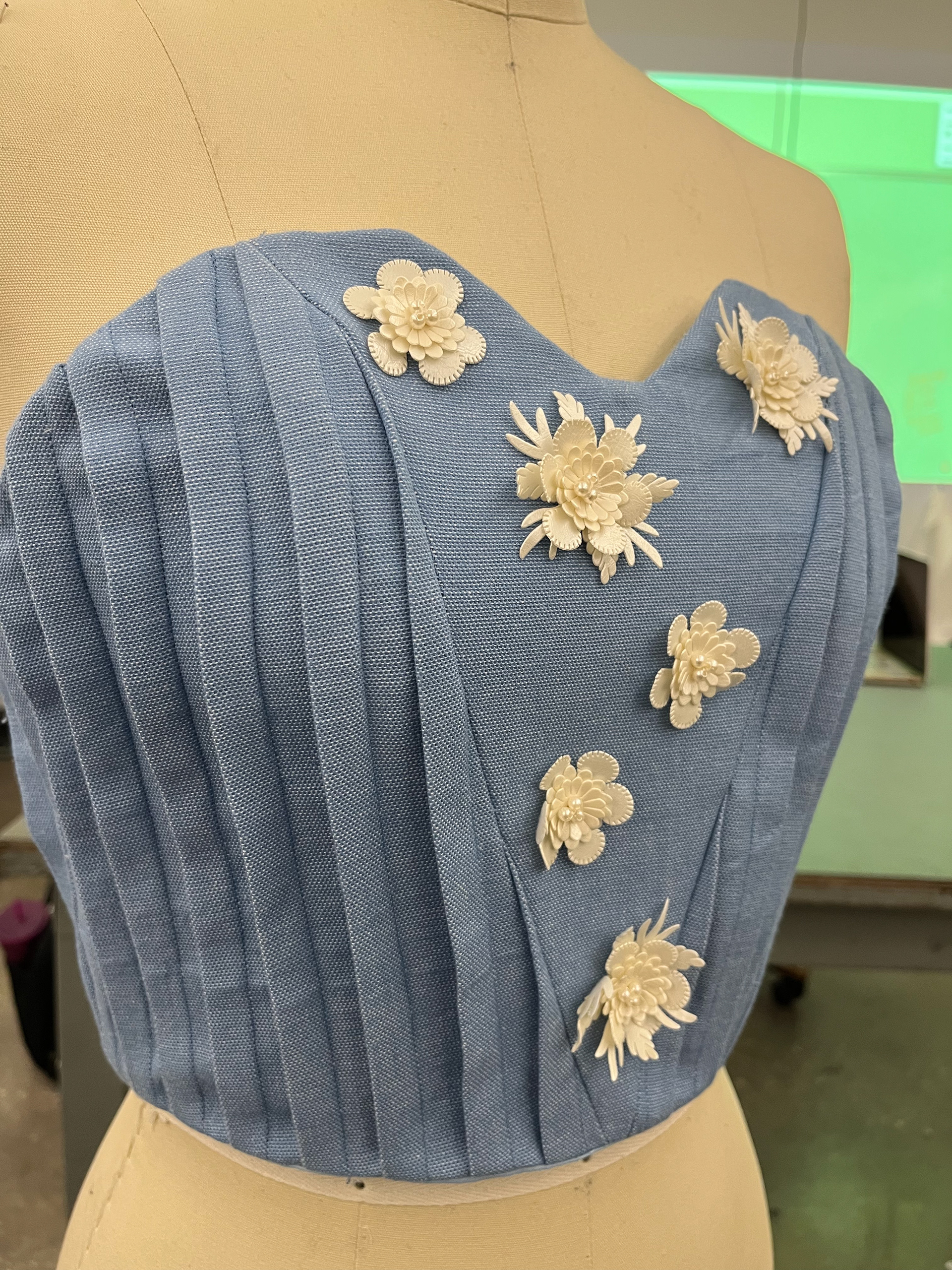
ART 1900- Systems and Transformations
Students combined making skills, systems thinking, and cultural humility to generate significant new work. Based on the focus of their research, they developed work that explores a question or challenge related to it. Students completed a research paper in conjunction with creative work. In addition to art process demonstrations, Instructor gave lectures on how to utilize the library for scholarly research, how to write an annotated bibliography as well as a final paper, how to properly cite sources using RefWorks, and assisted students in narrowing down the scope of their topics.
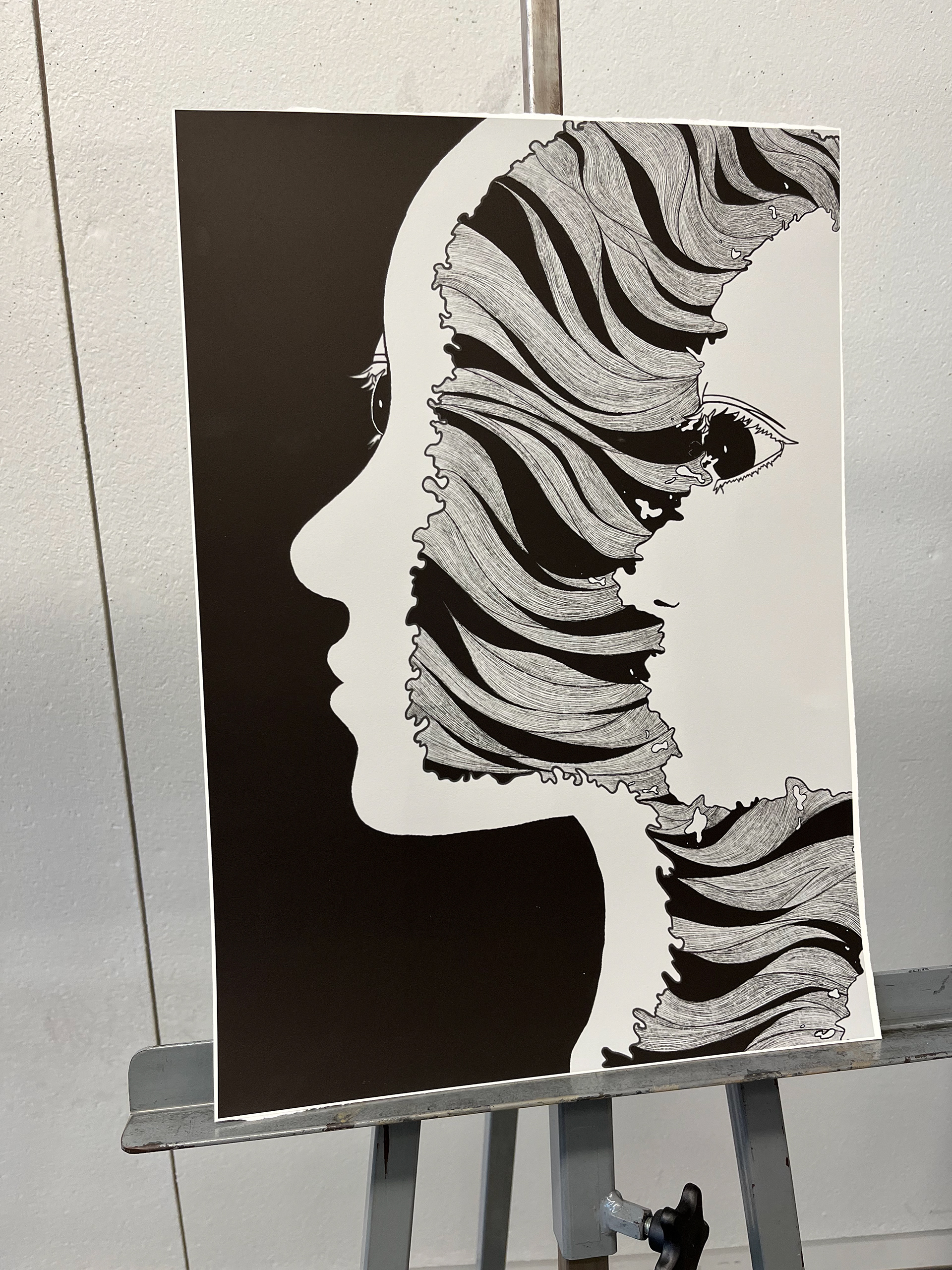
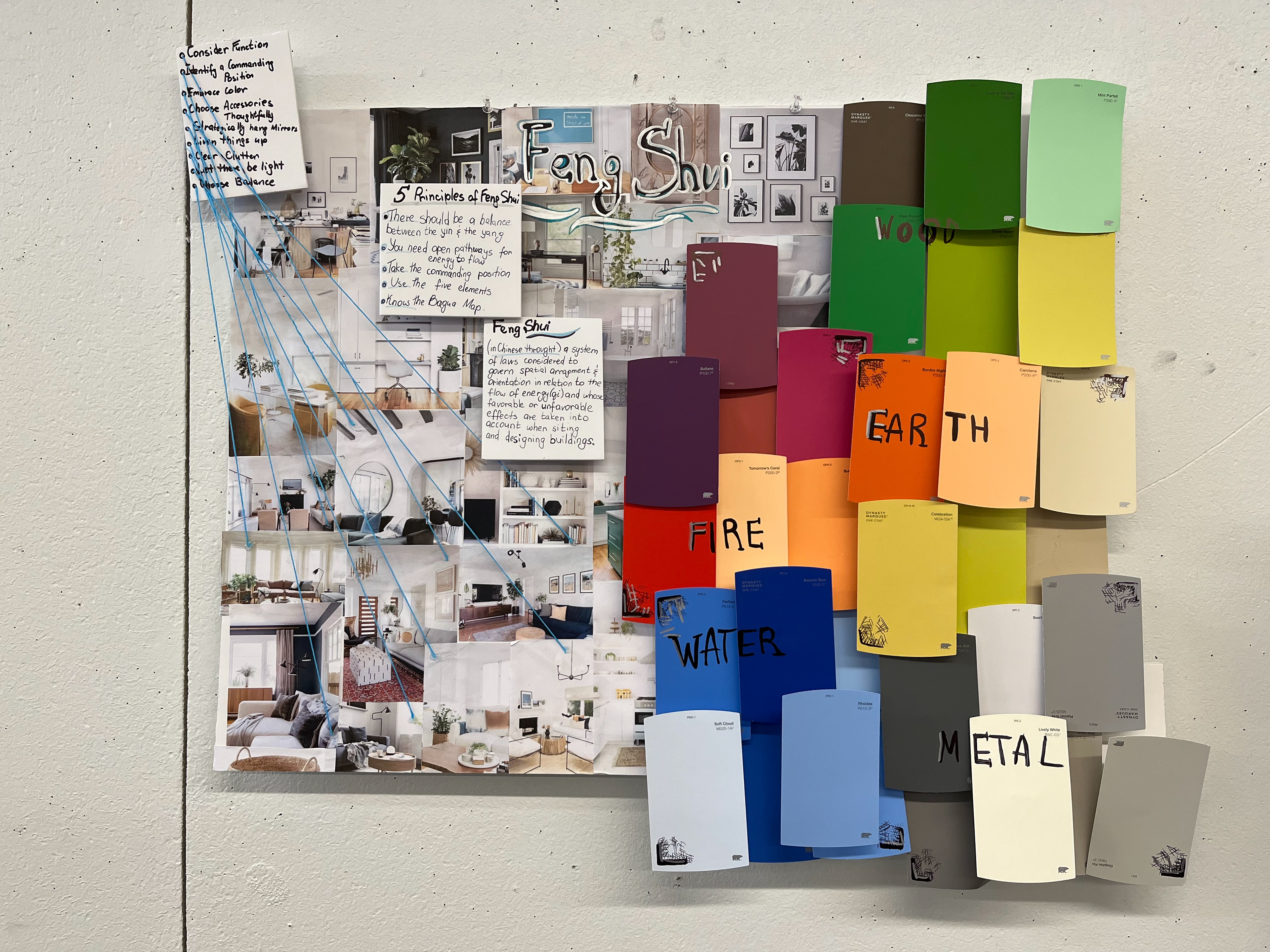
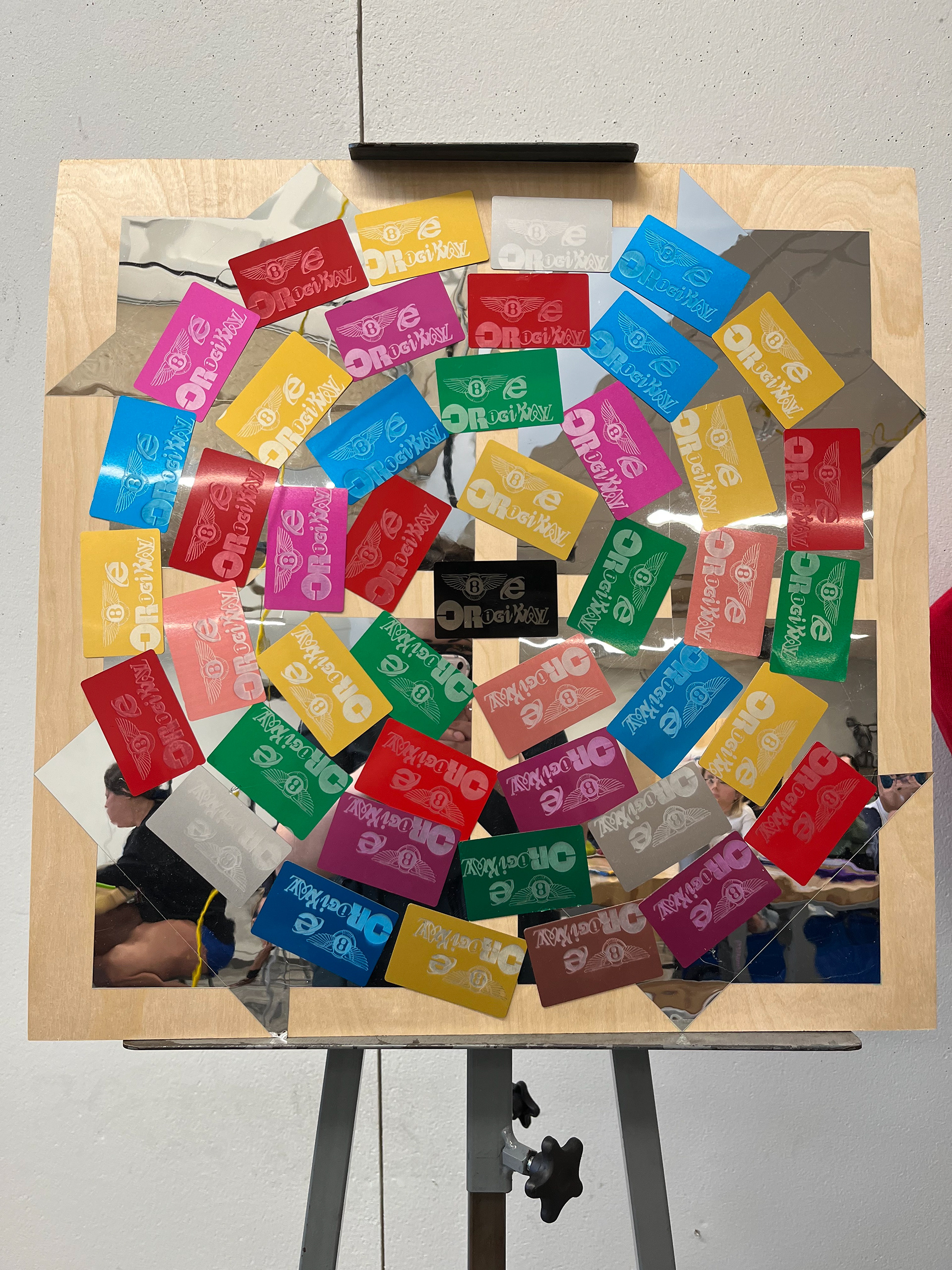
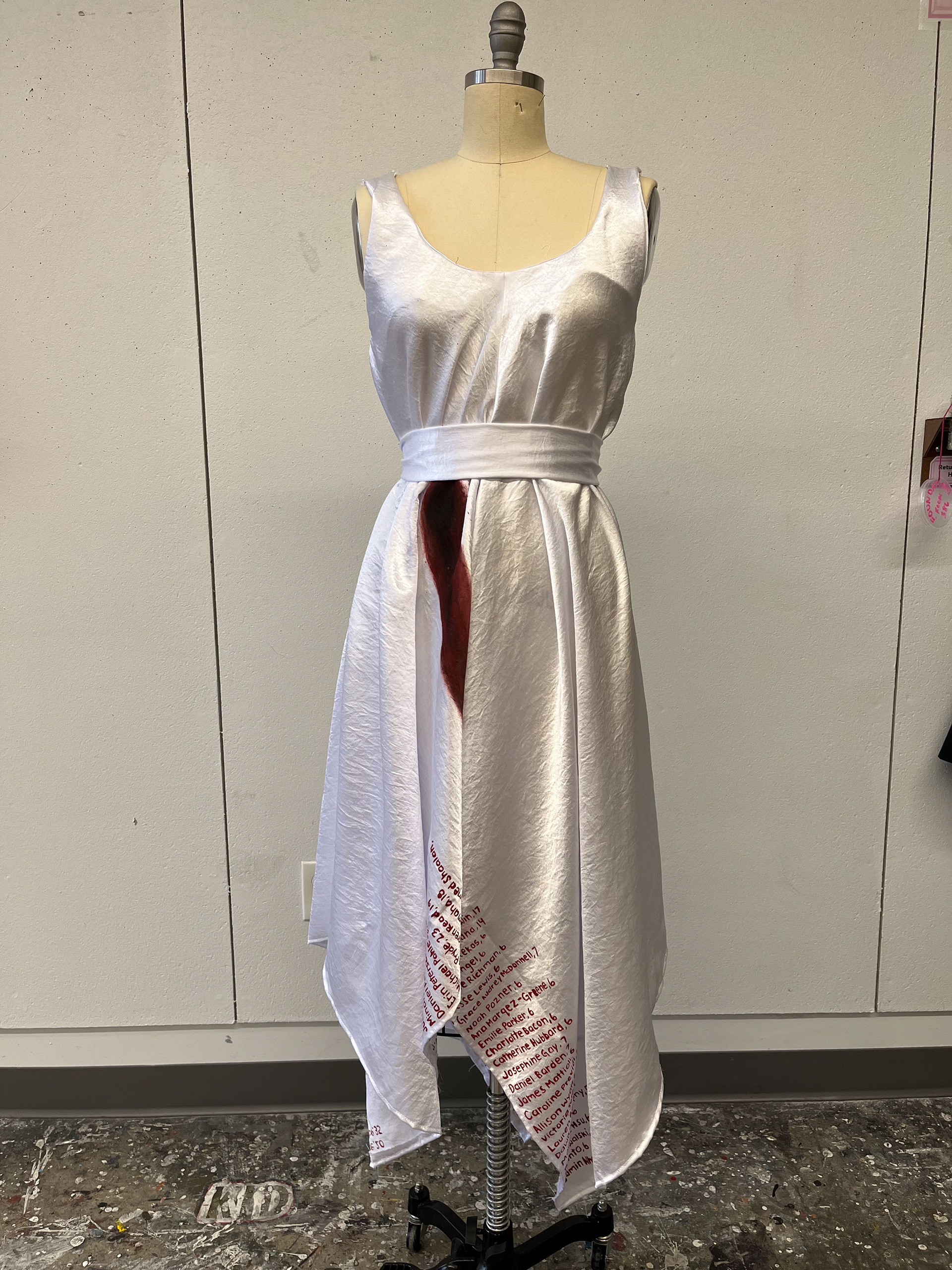
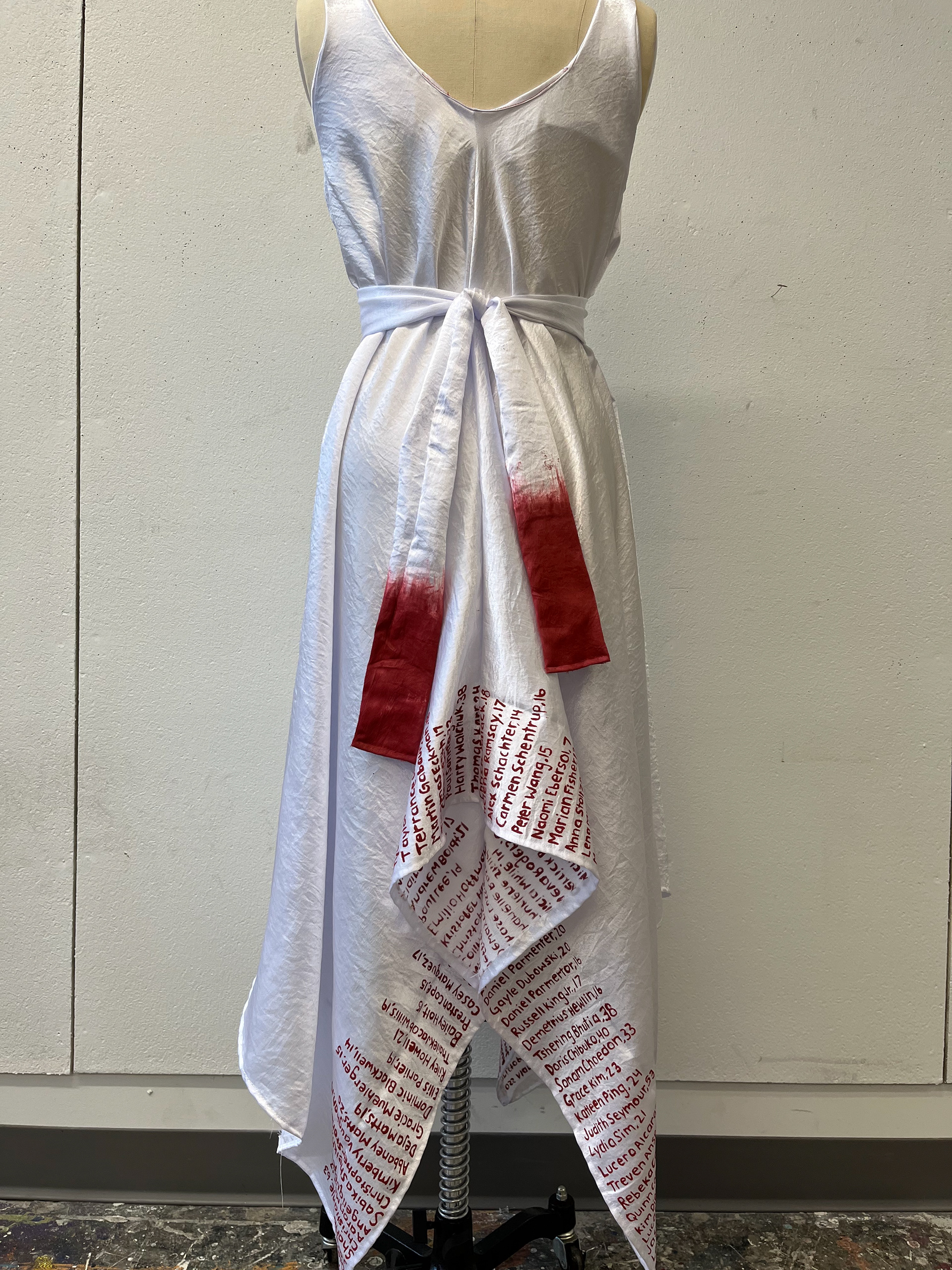
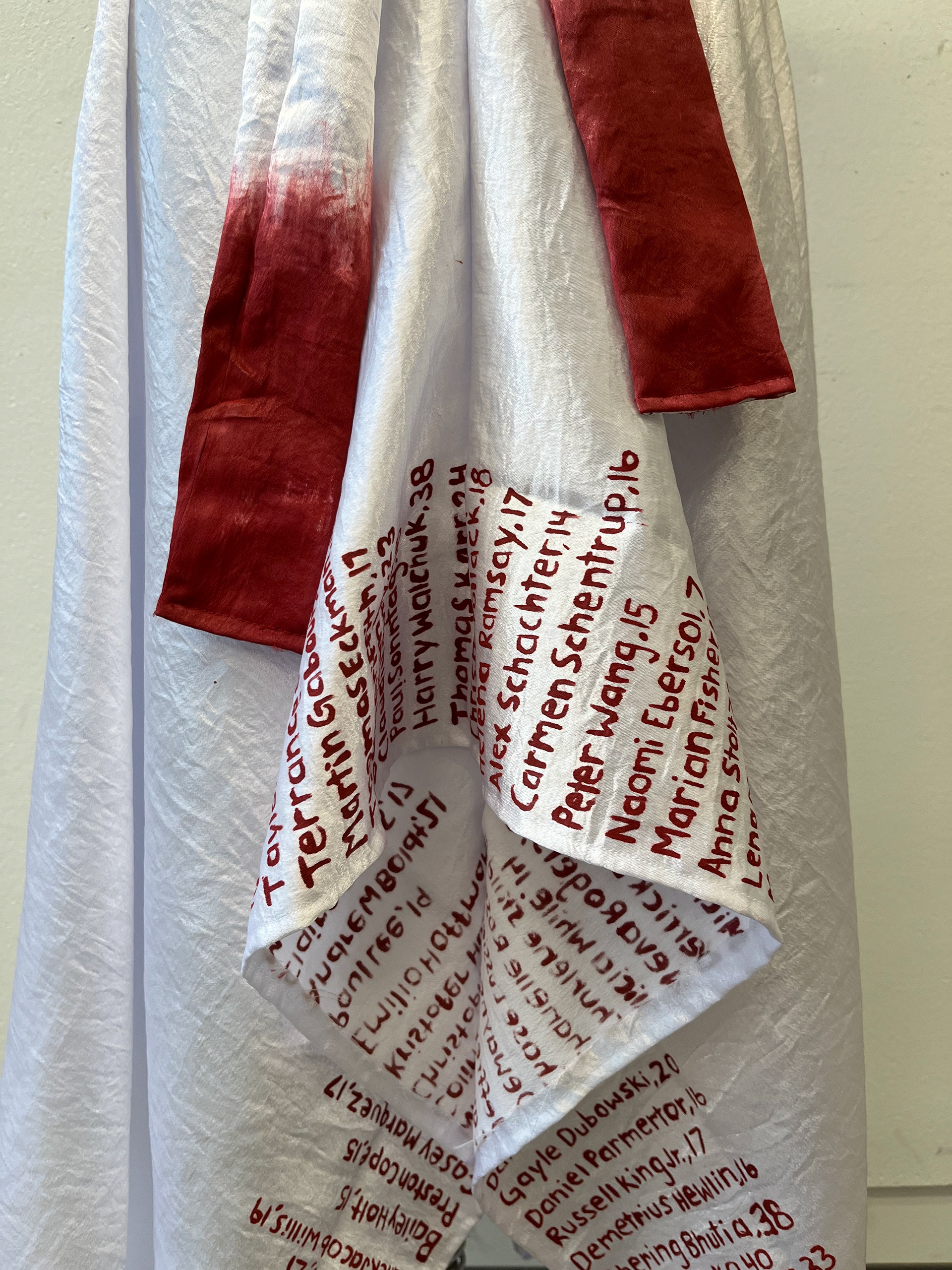
Art 1800- Narrative and Representation
For the second project in ART 1800, students were tasked with using Zines created by their peers in a previous assignment and appropriate them into their own artist book (topic of choice). Students were encouraged to create a progression of imagery throughout their book, and use a combination of book making techniques as demonstrated by the Instructor. The Instructor also collaborated with UNT Special Collections for introducing students to the artist book archive that is currently held at UNT.
